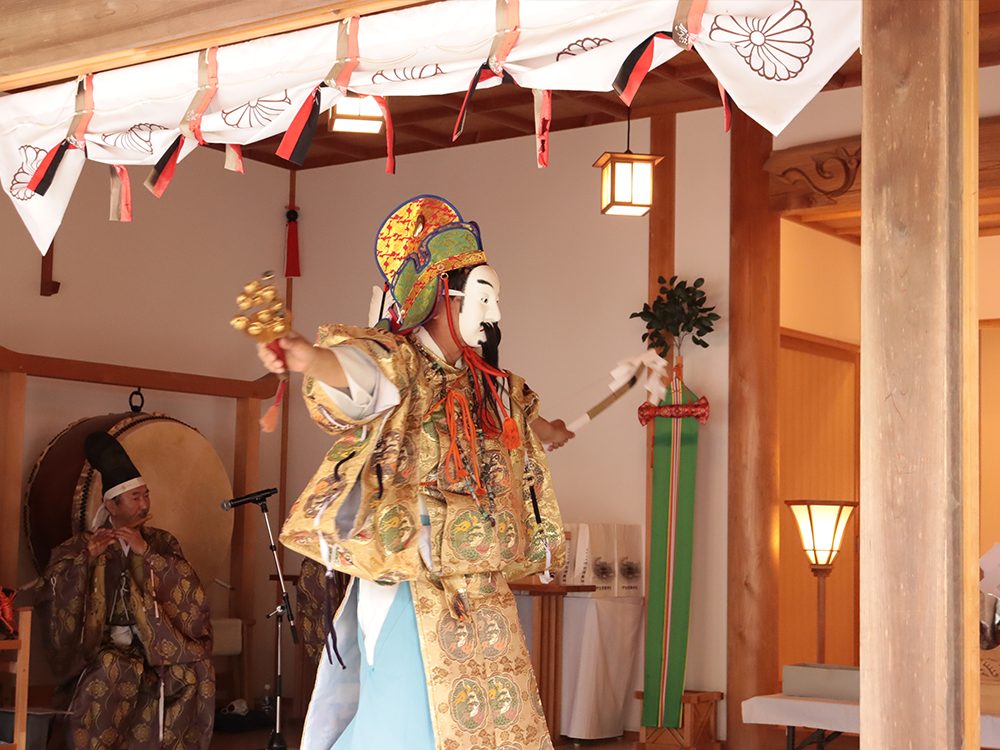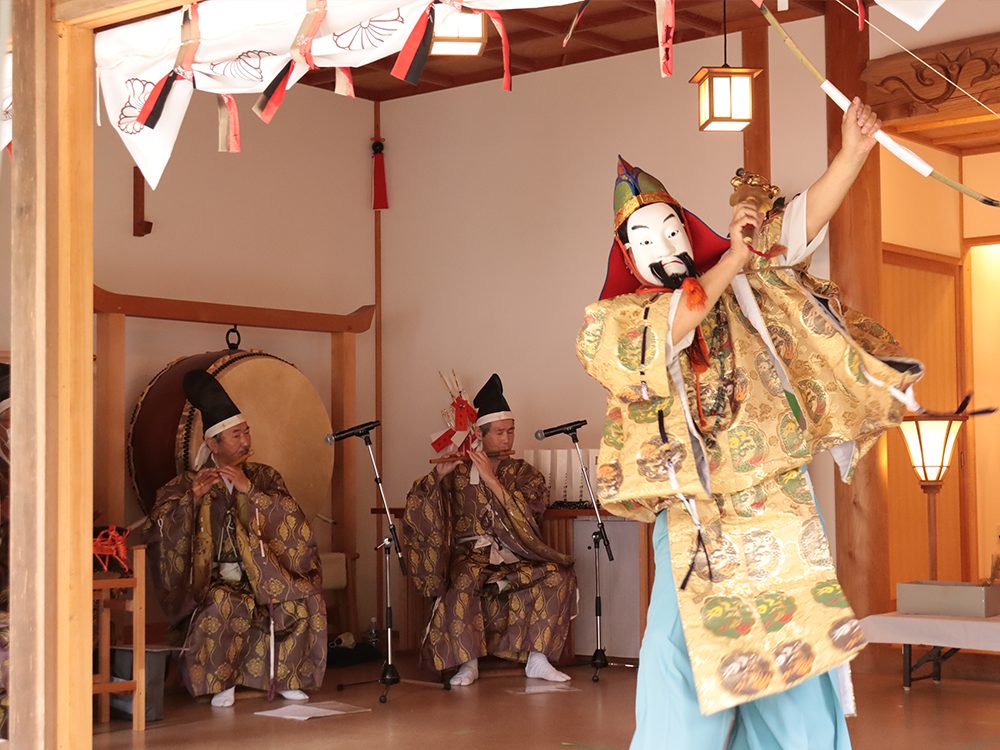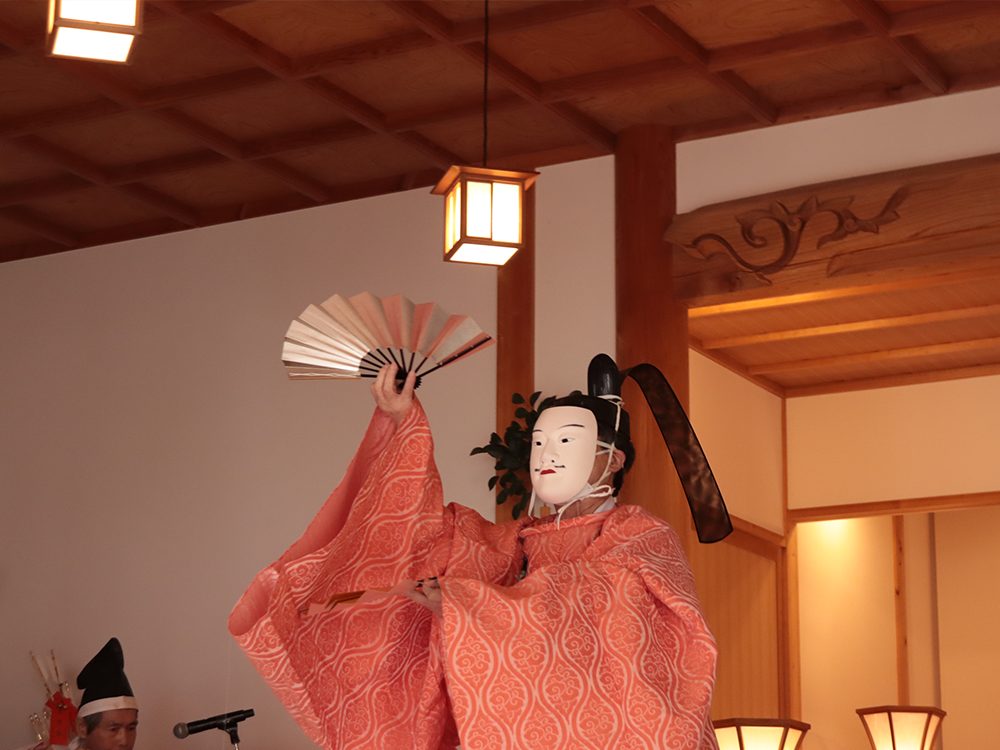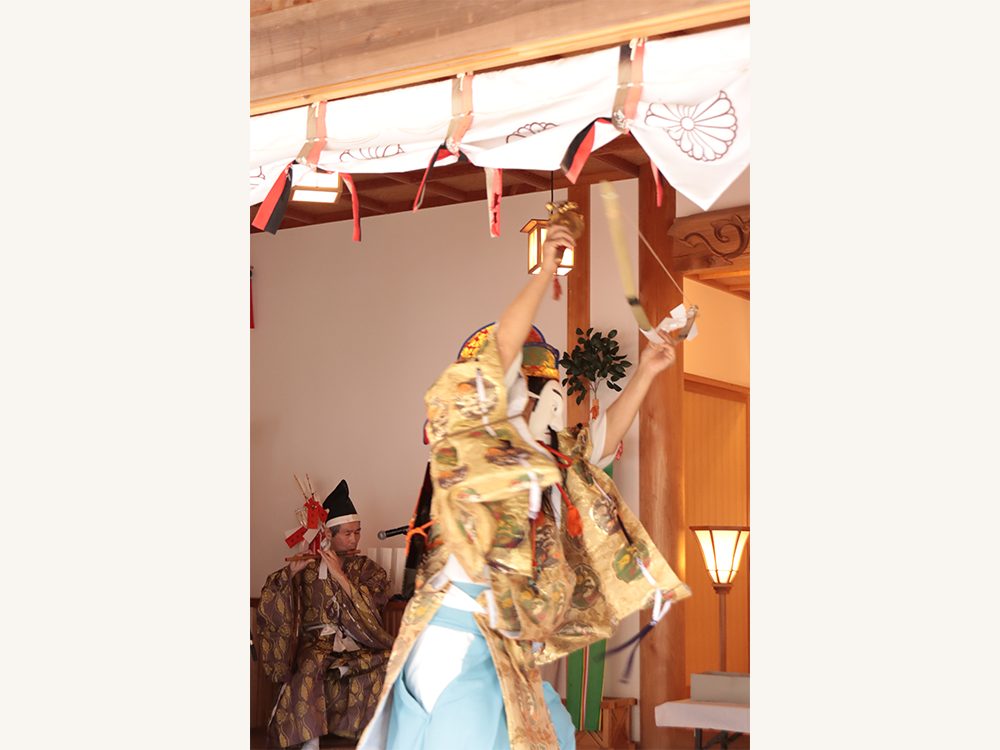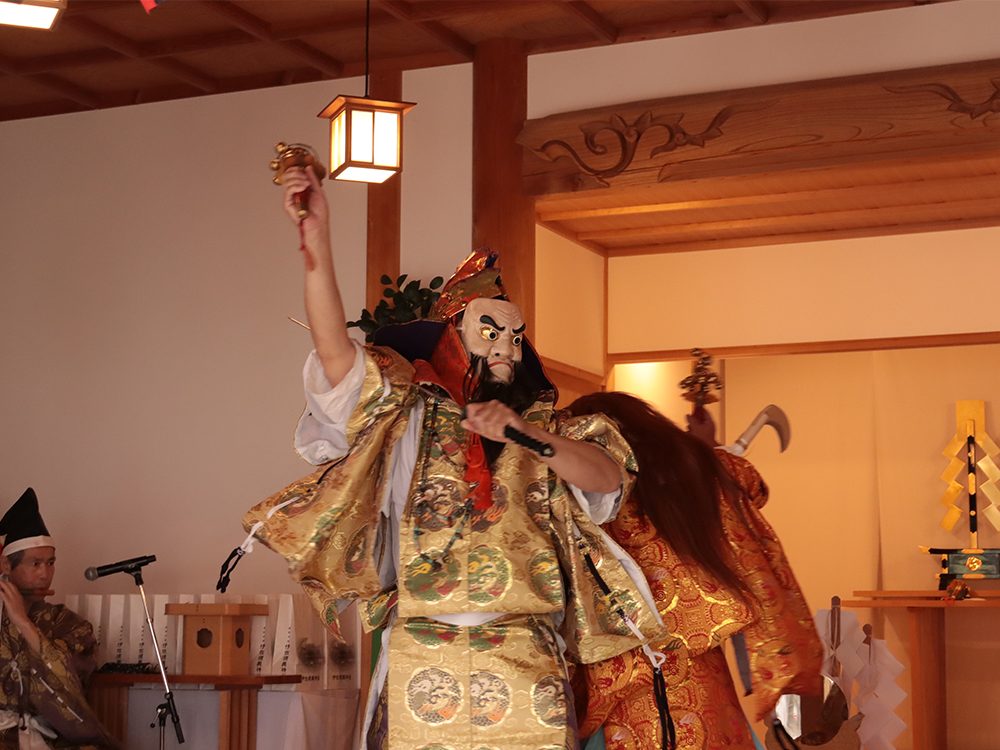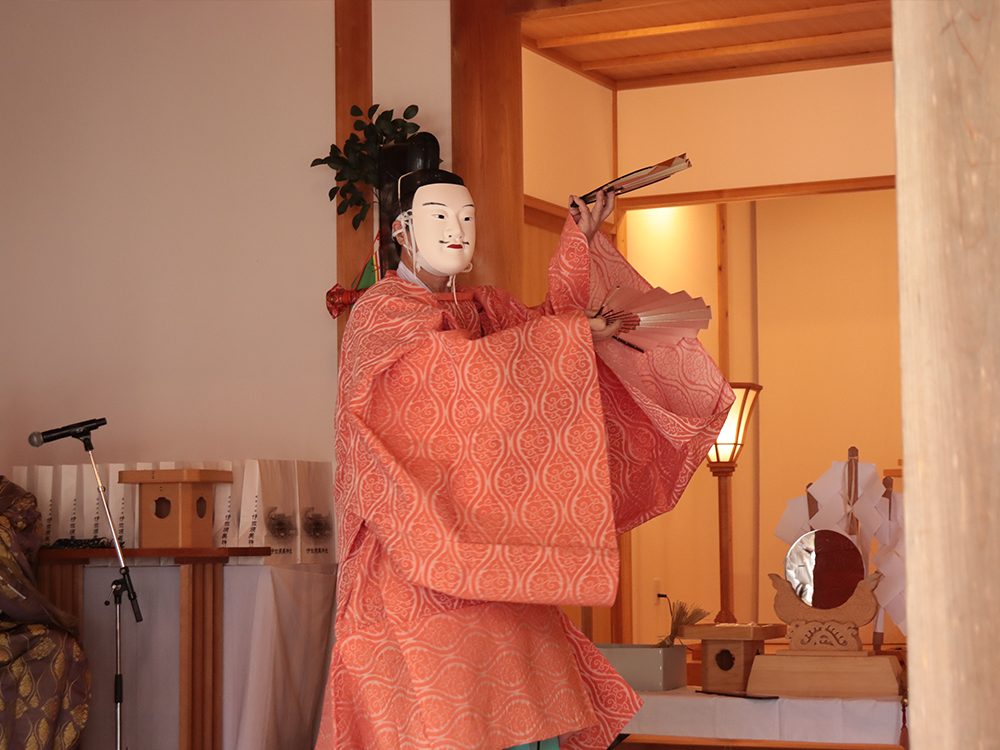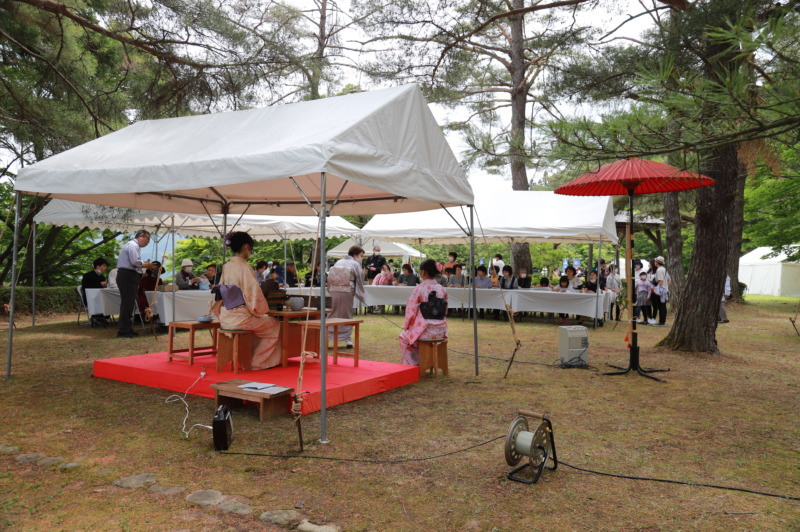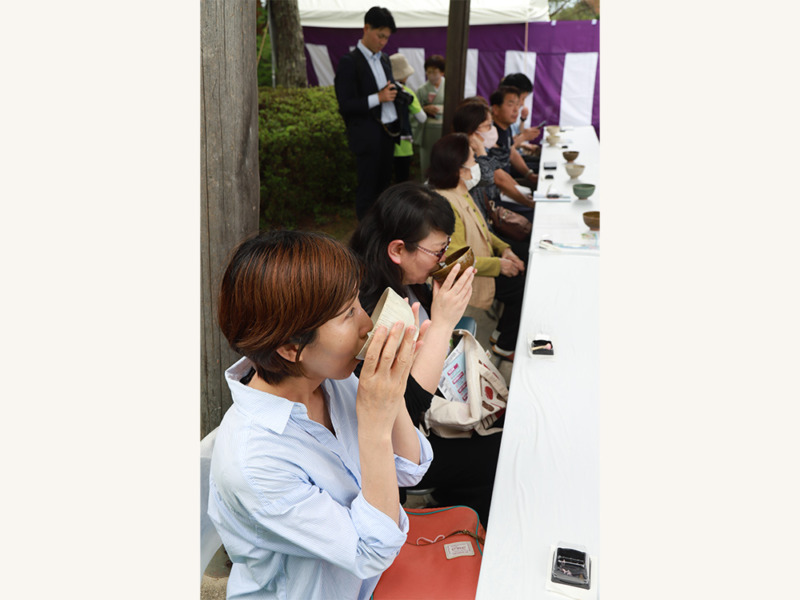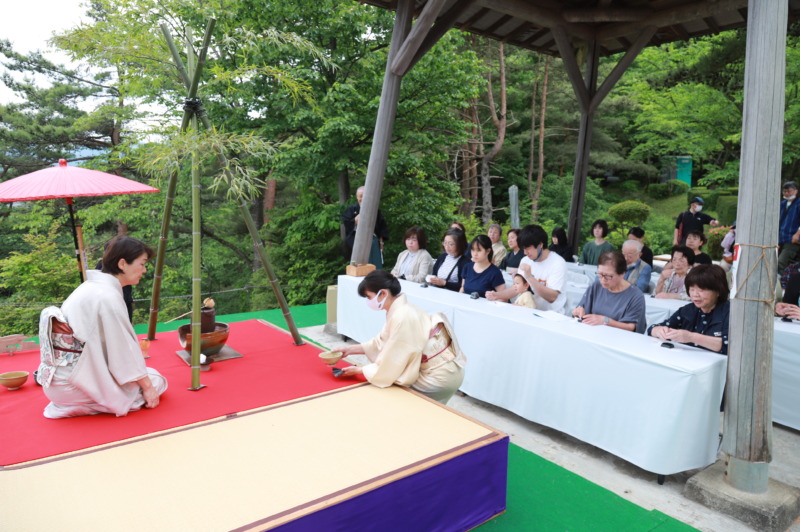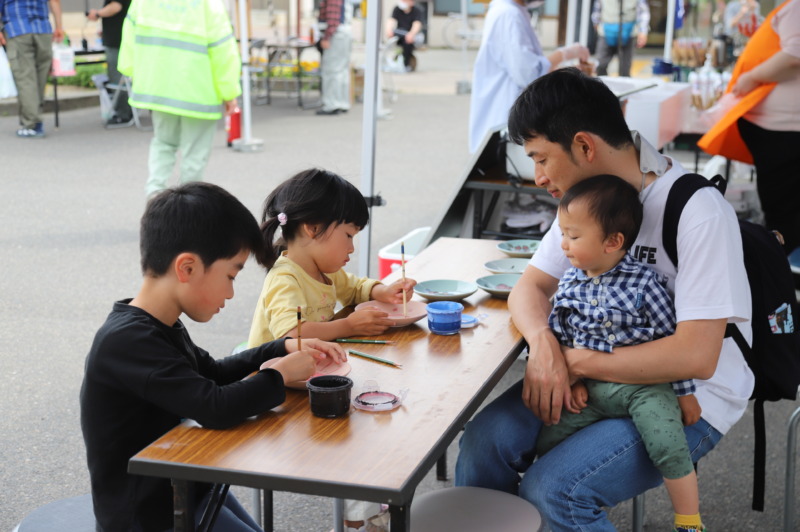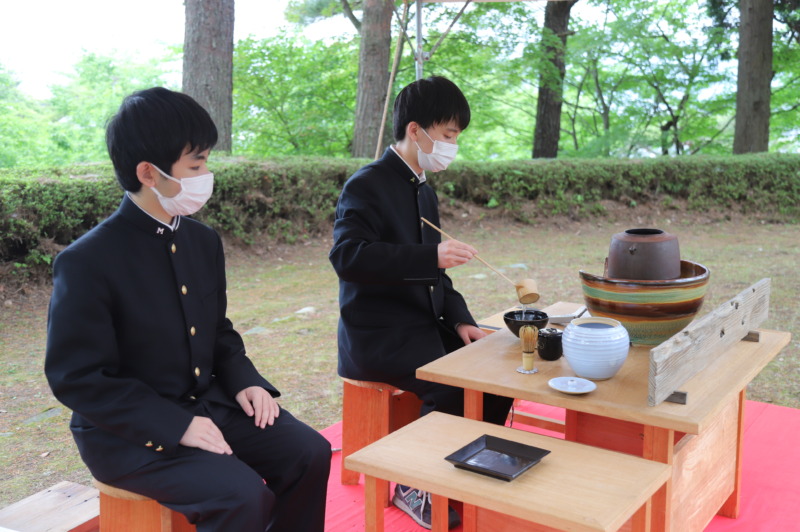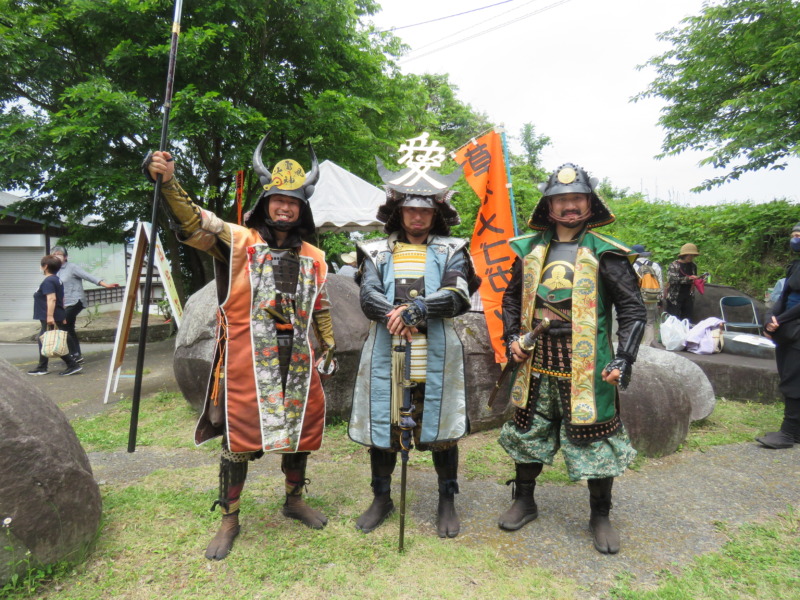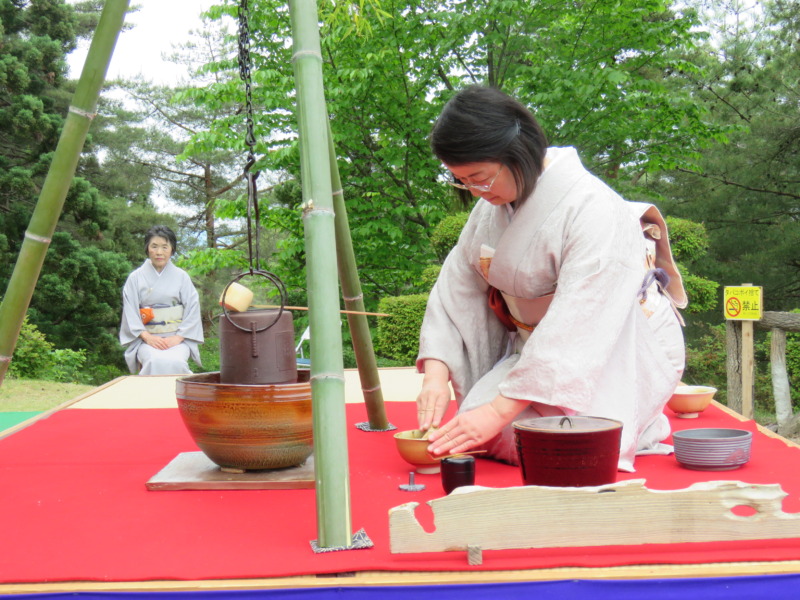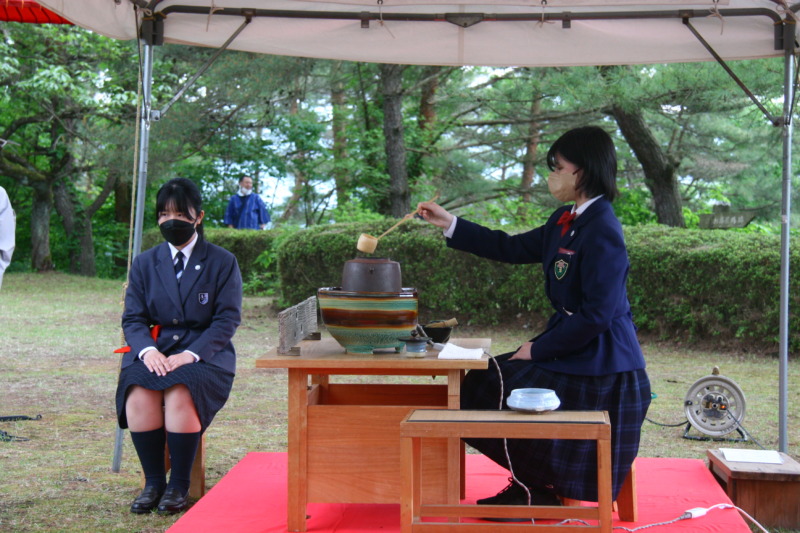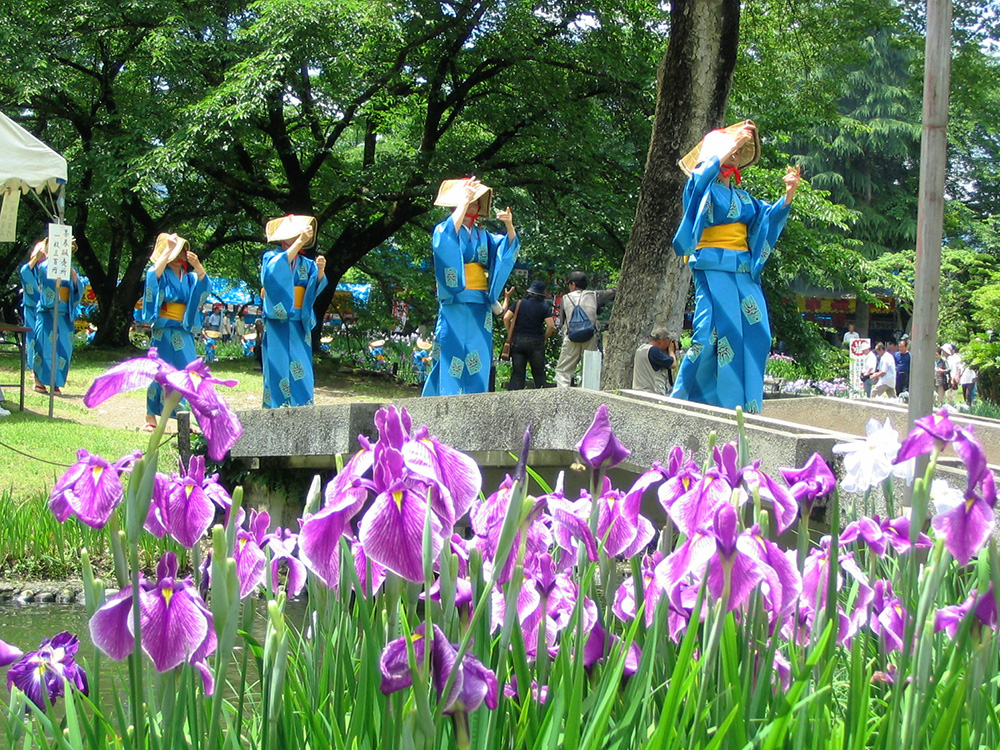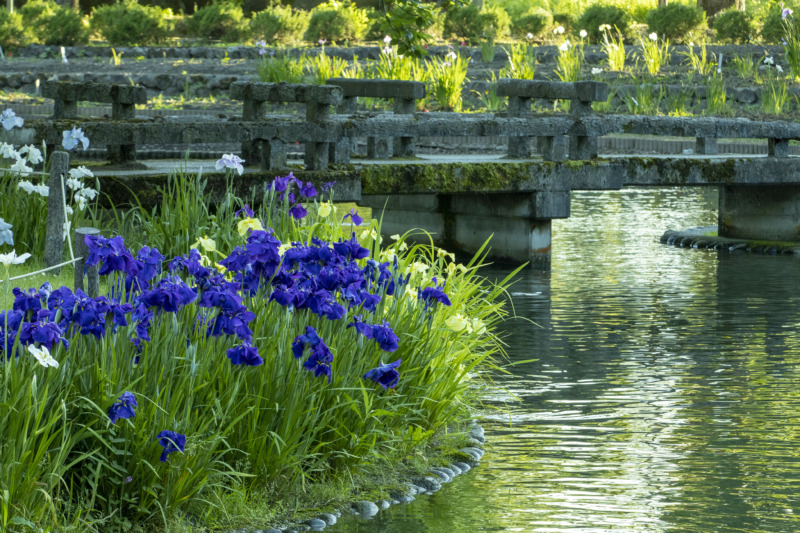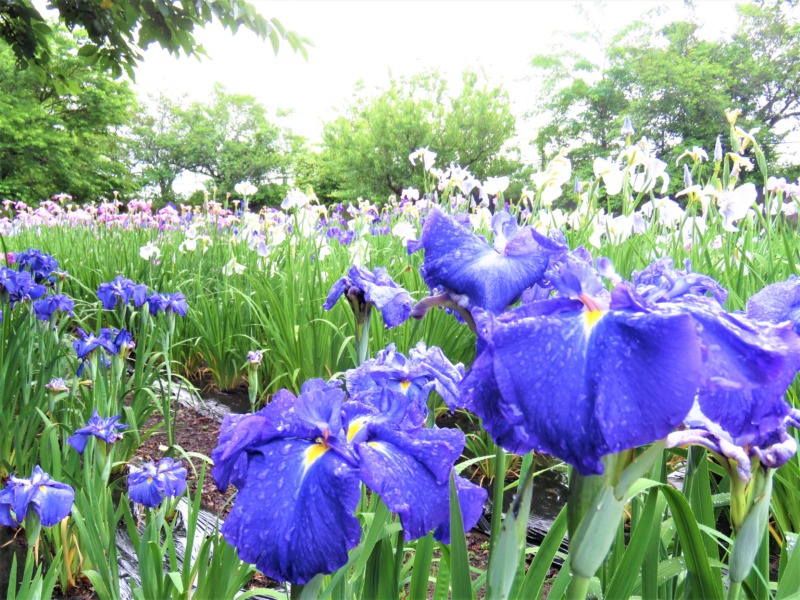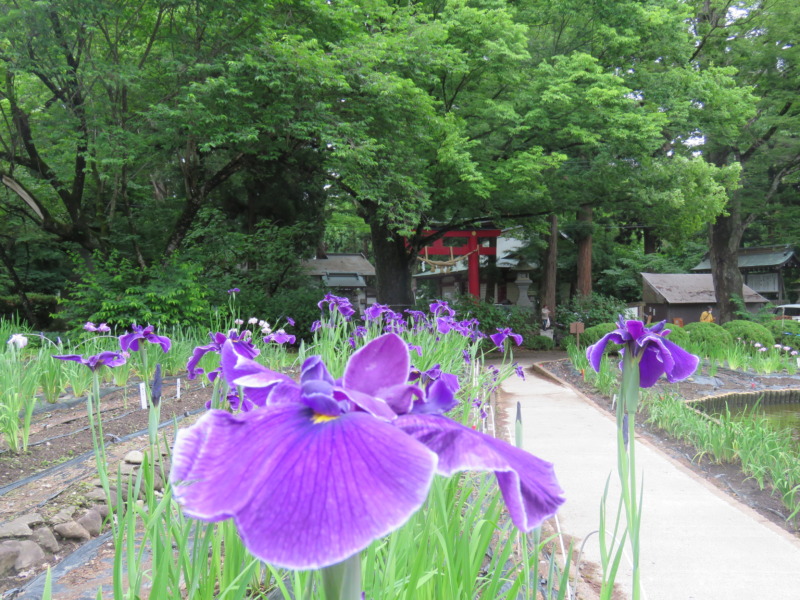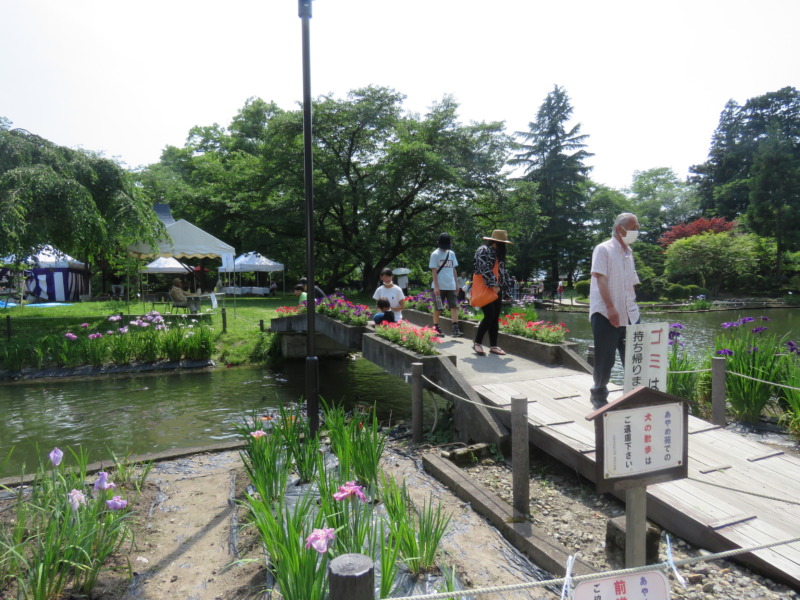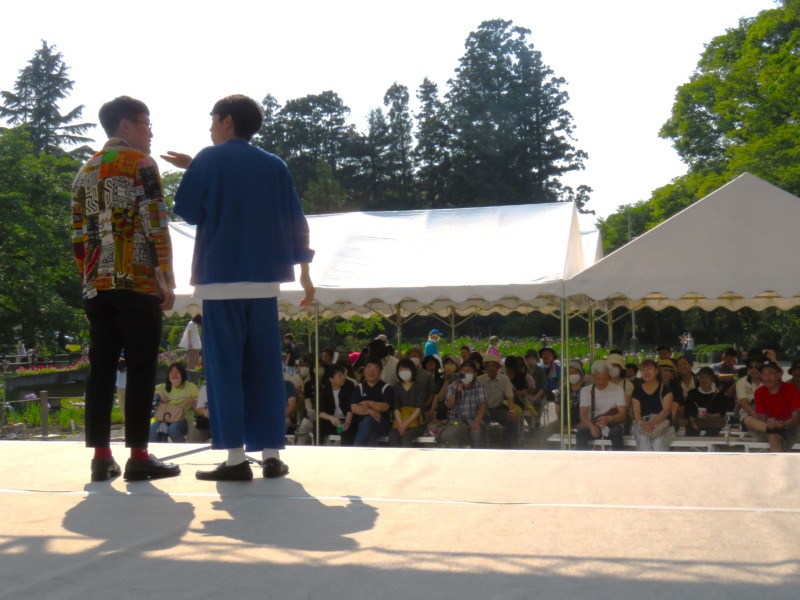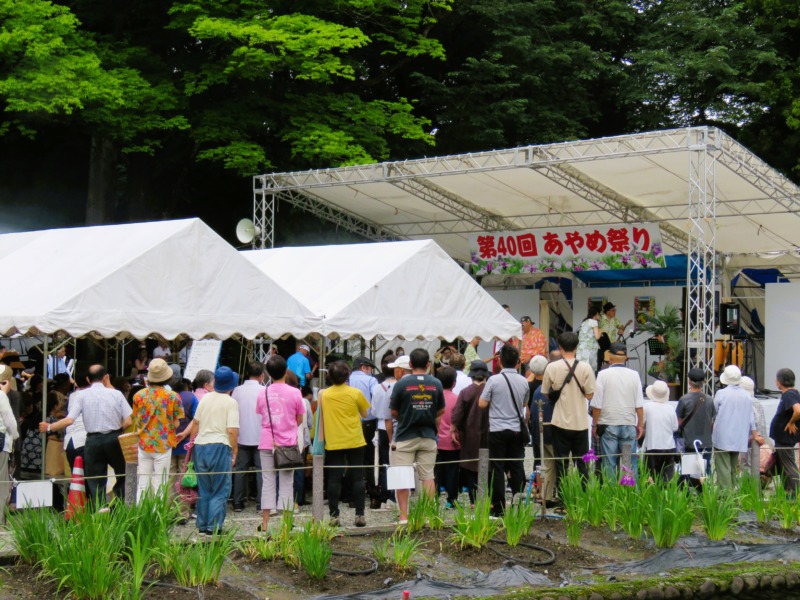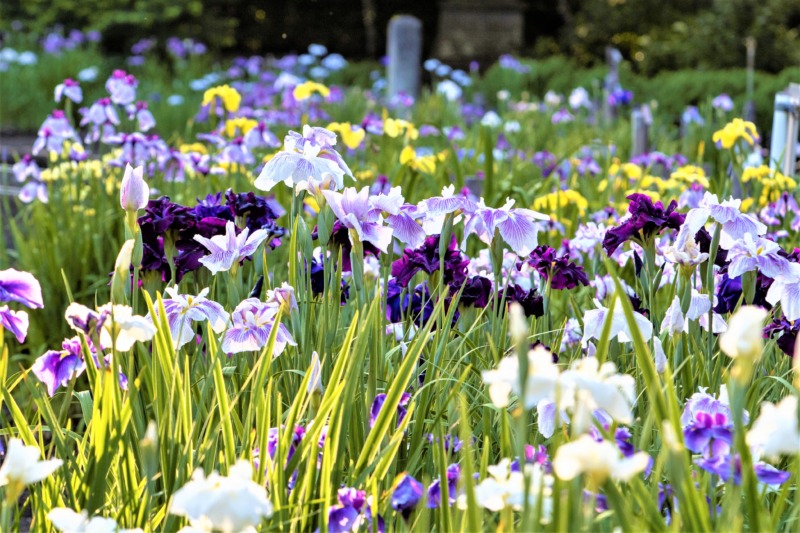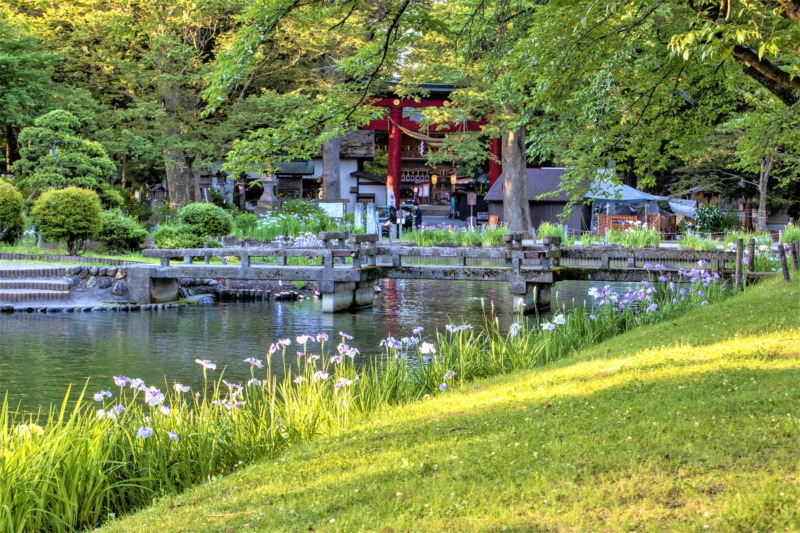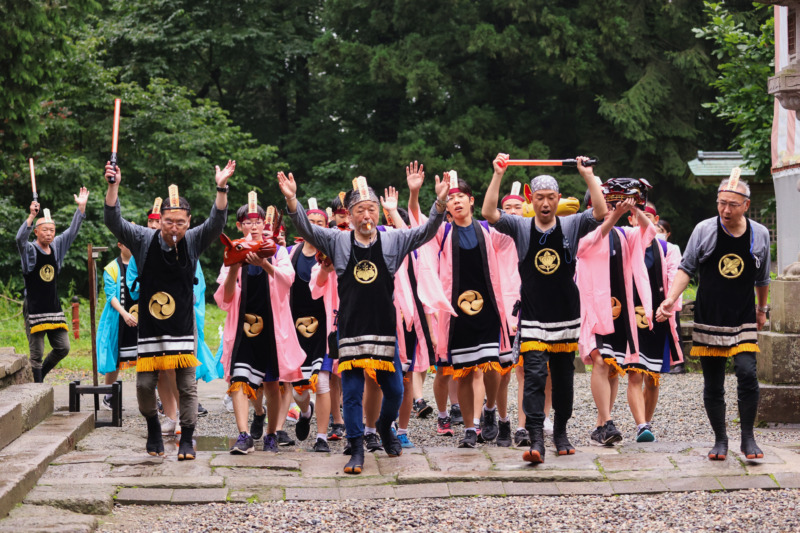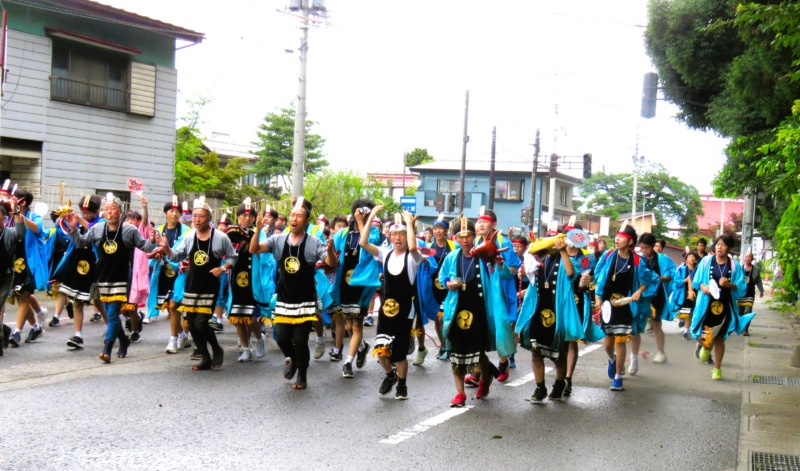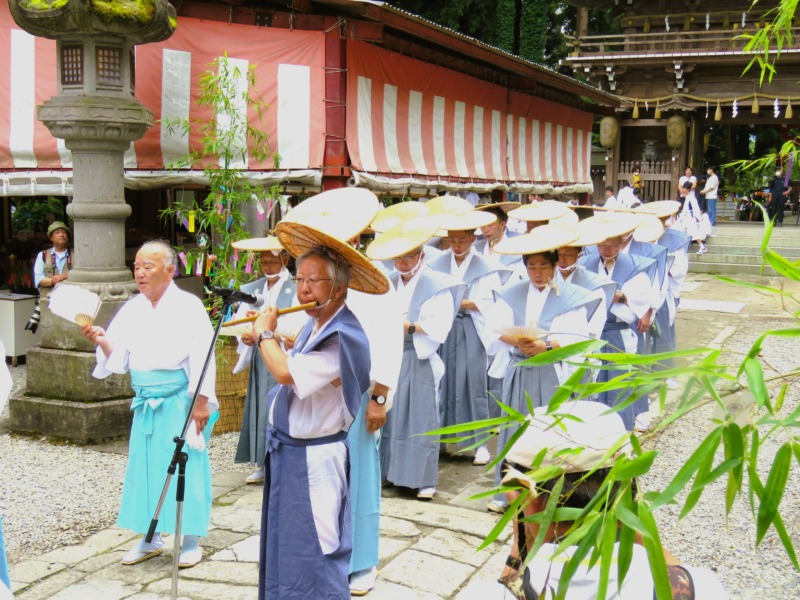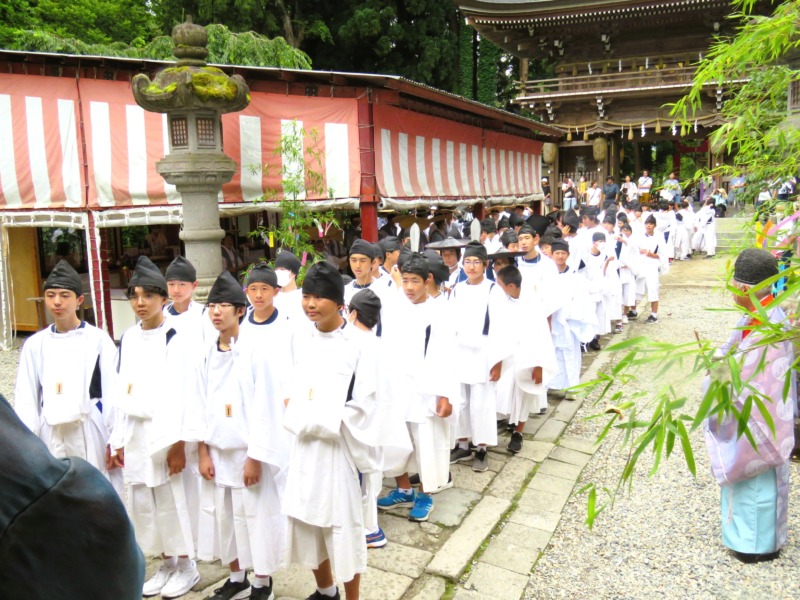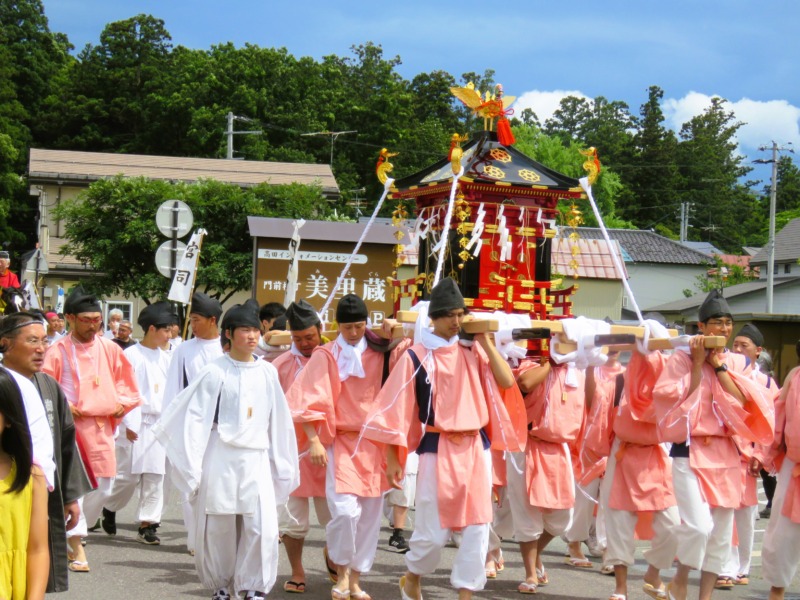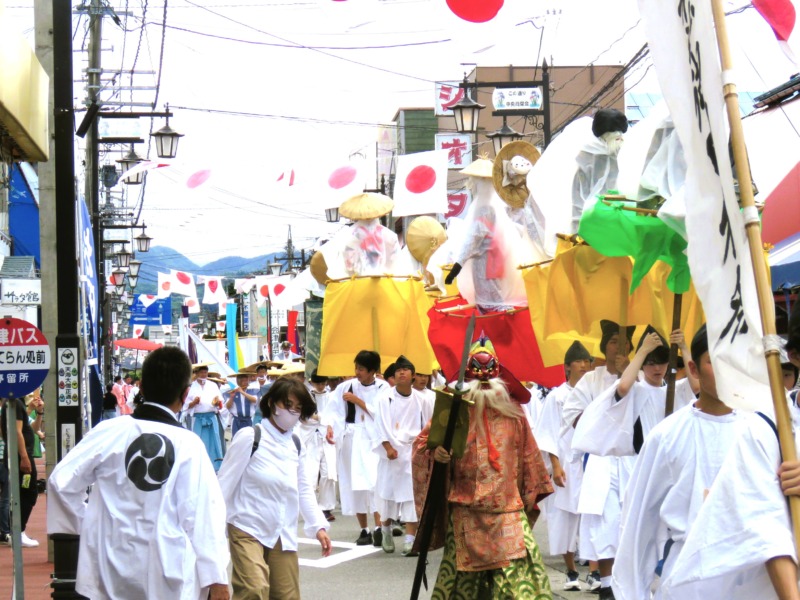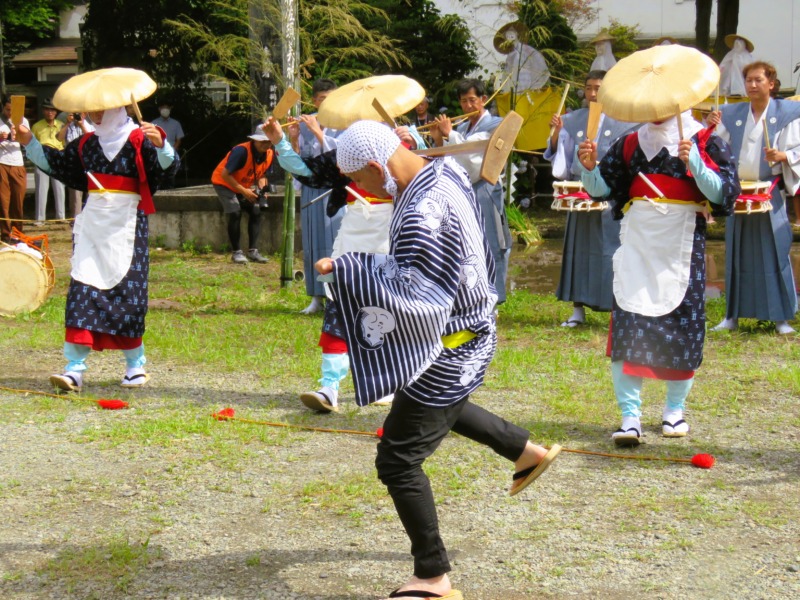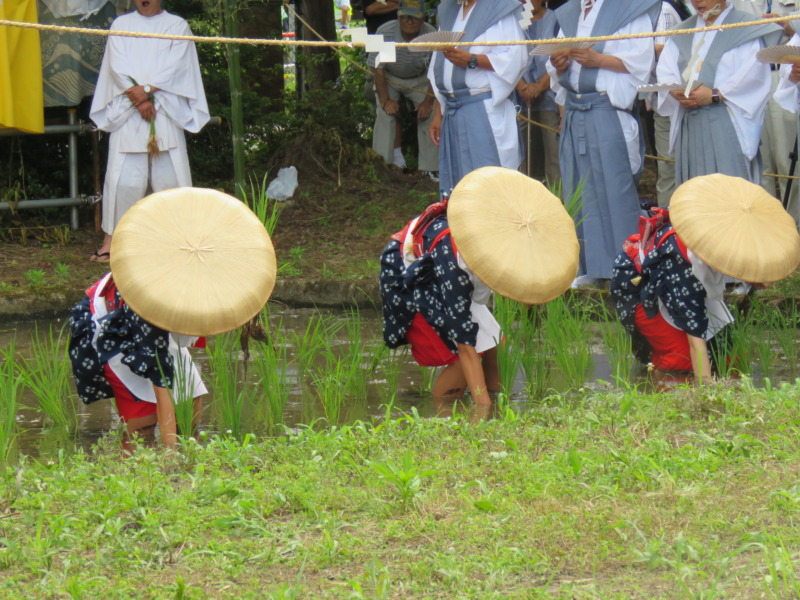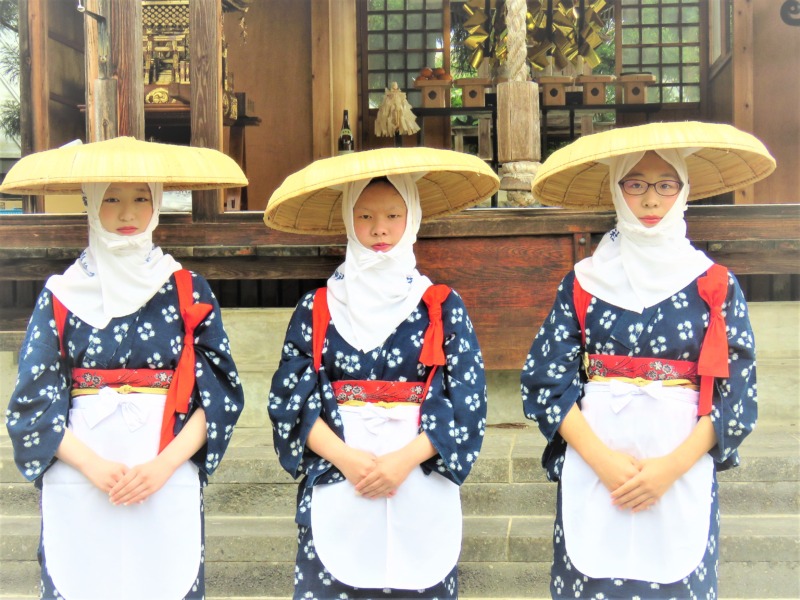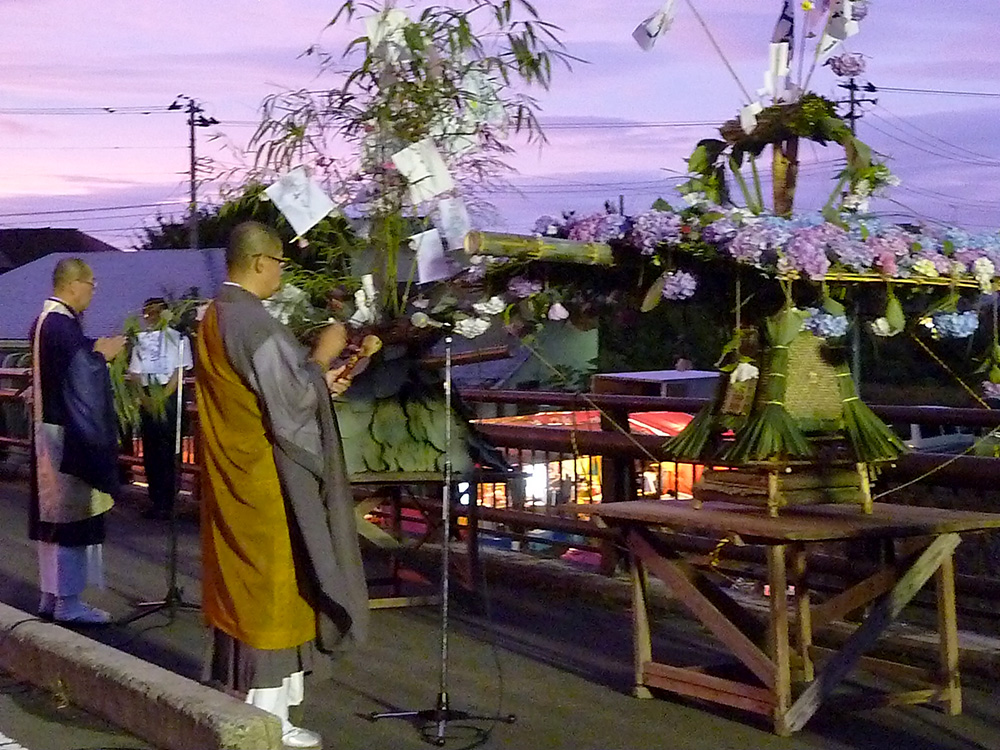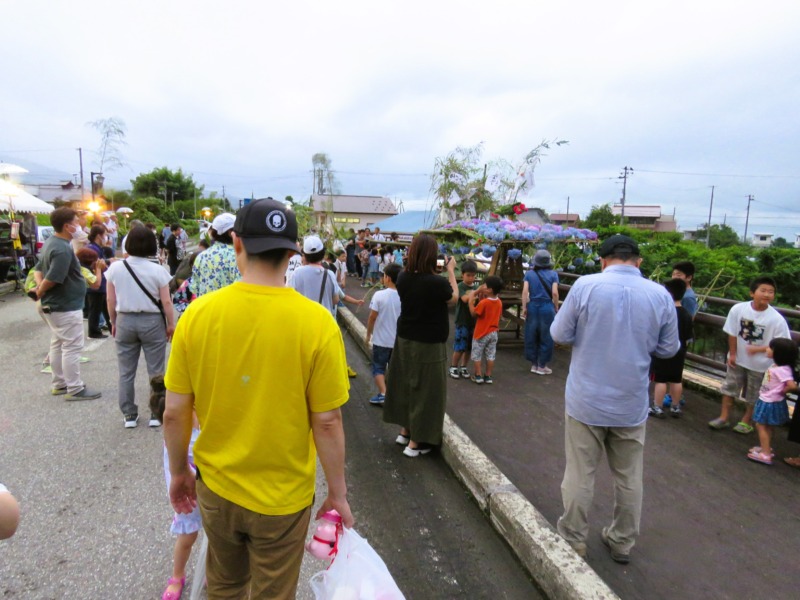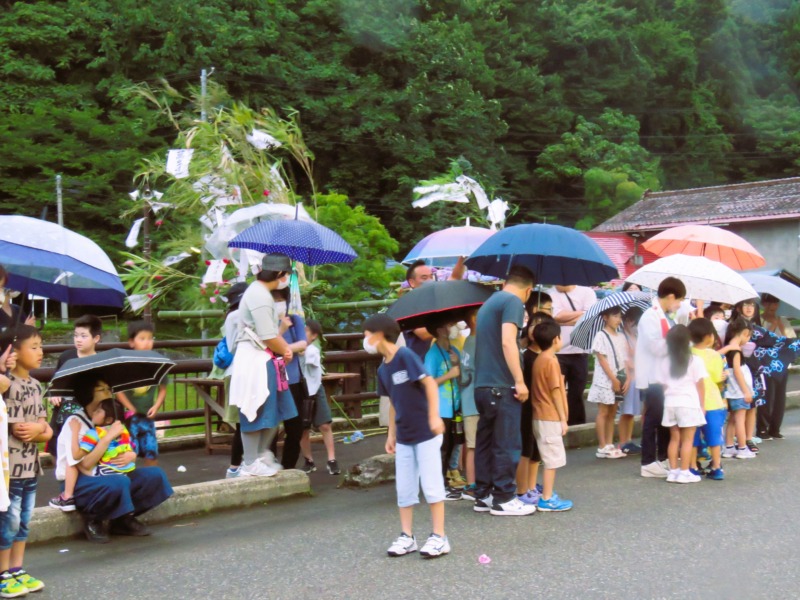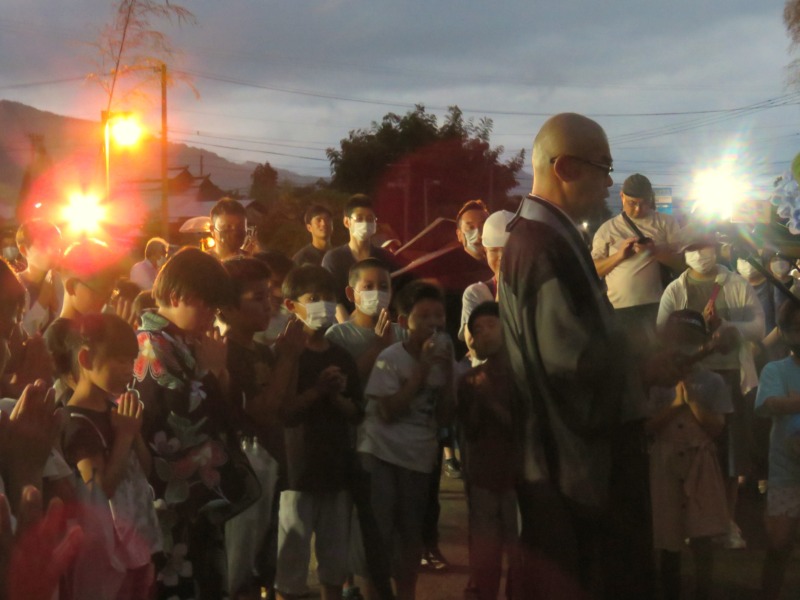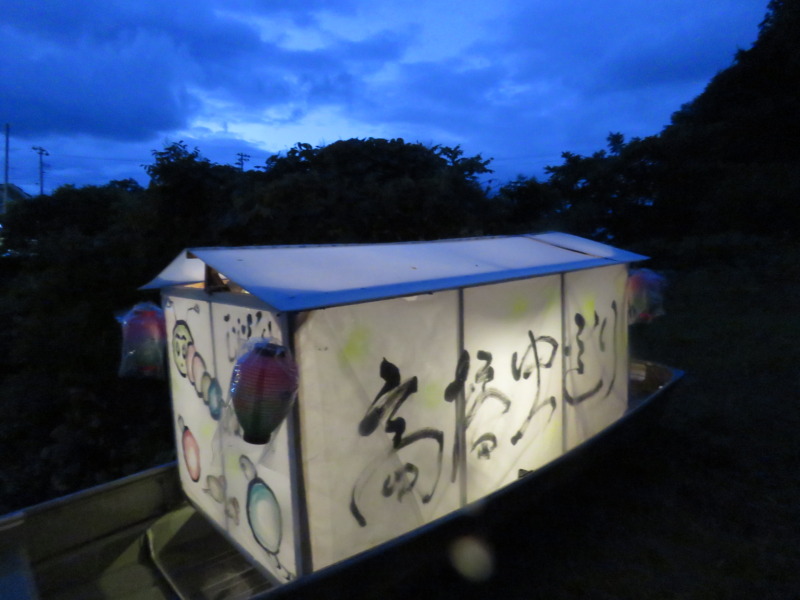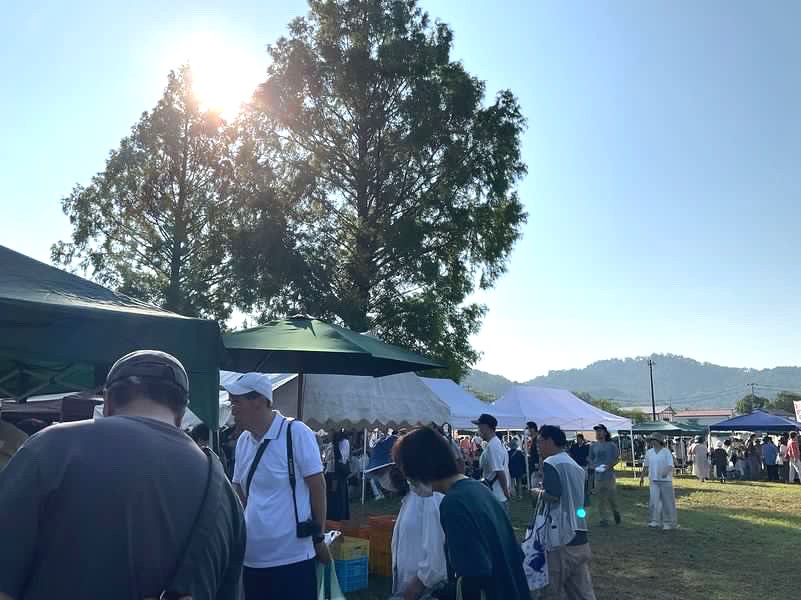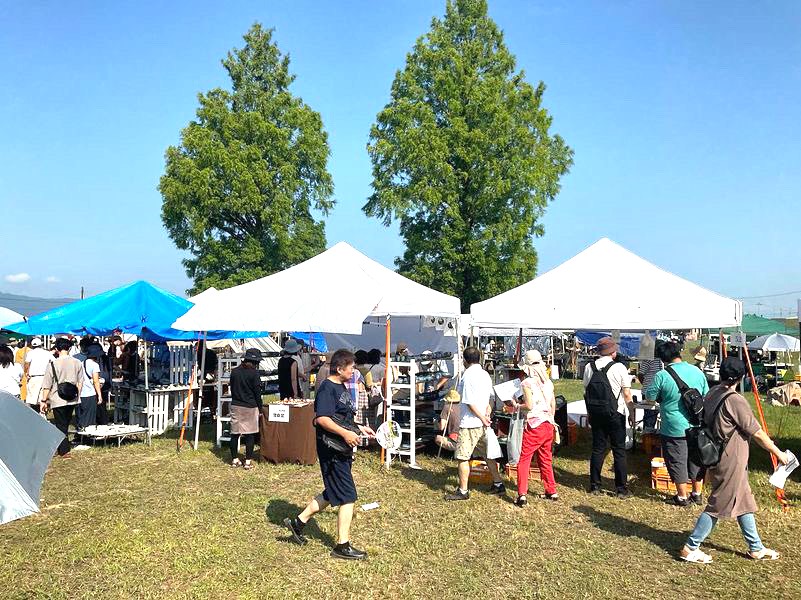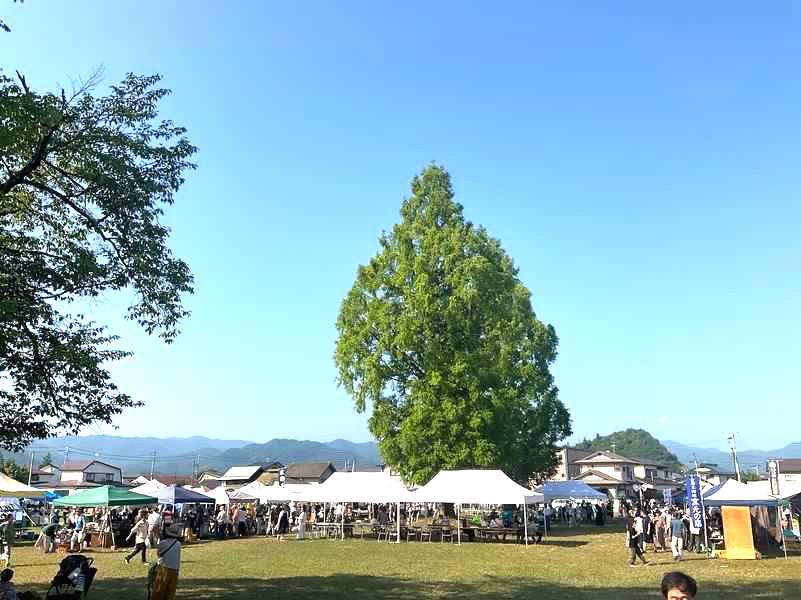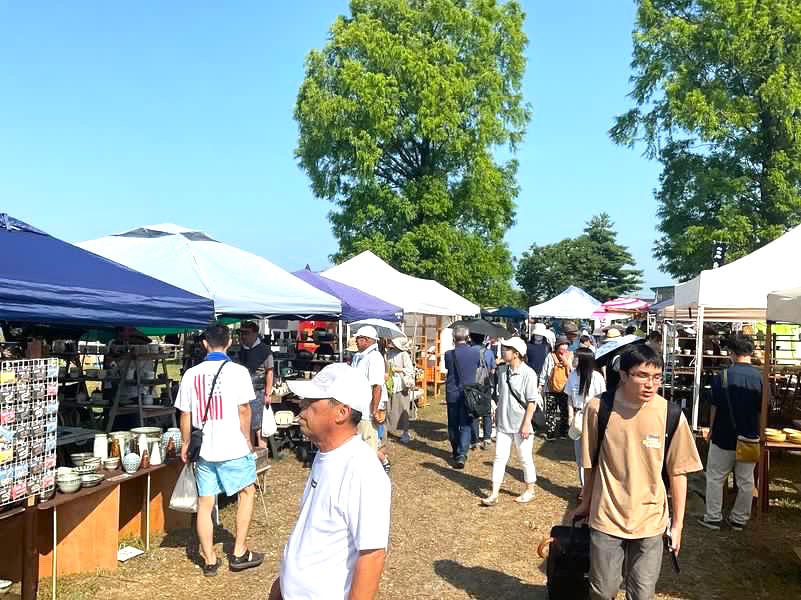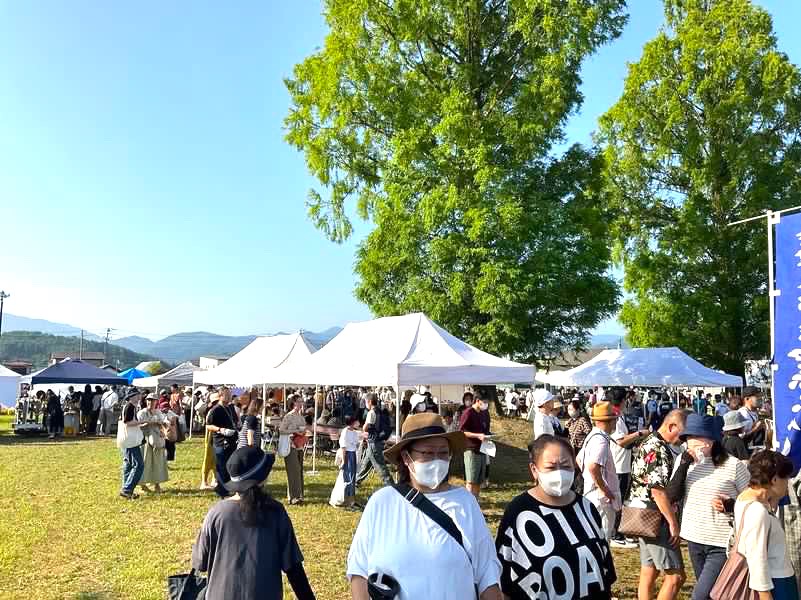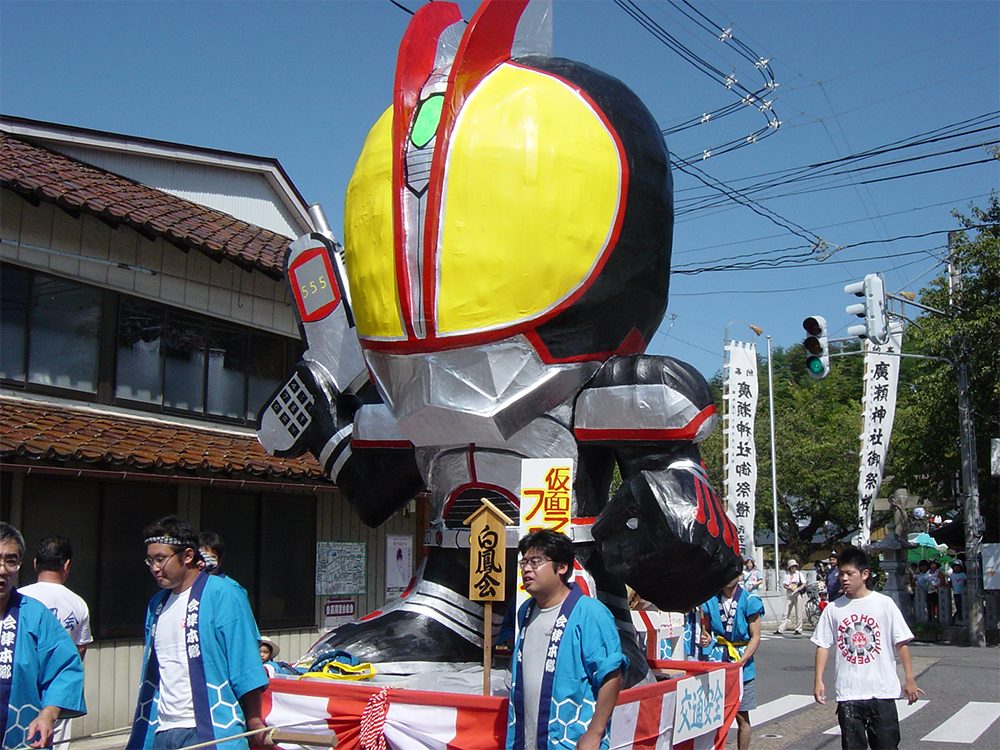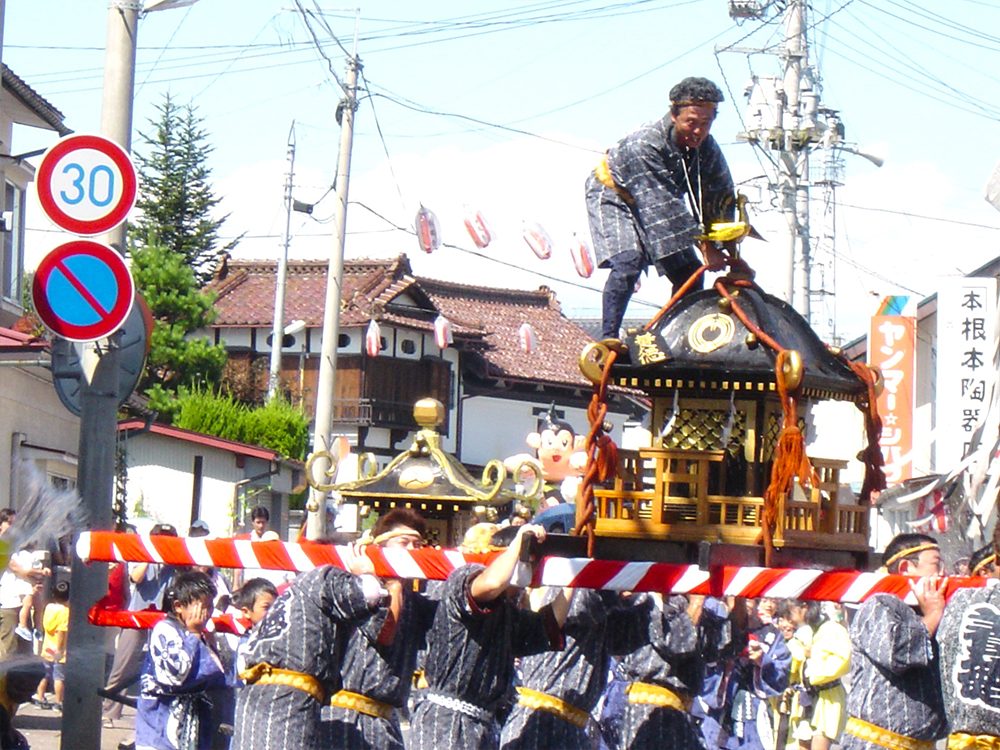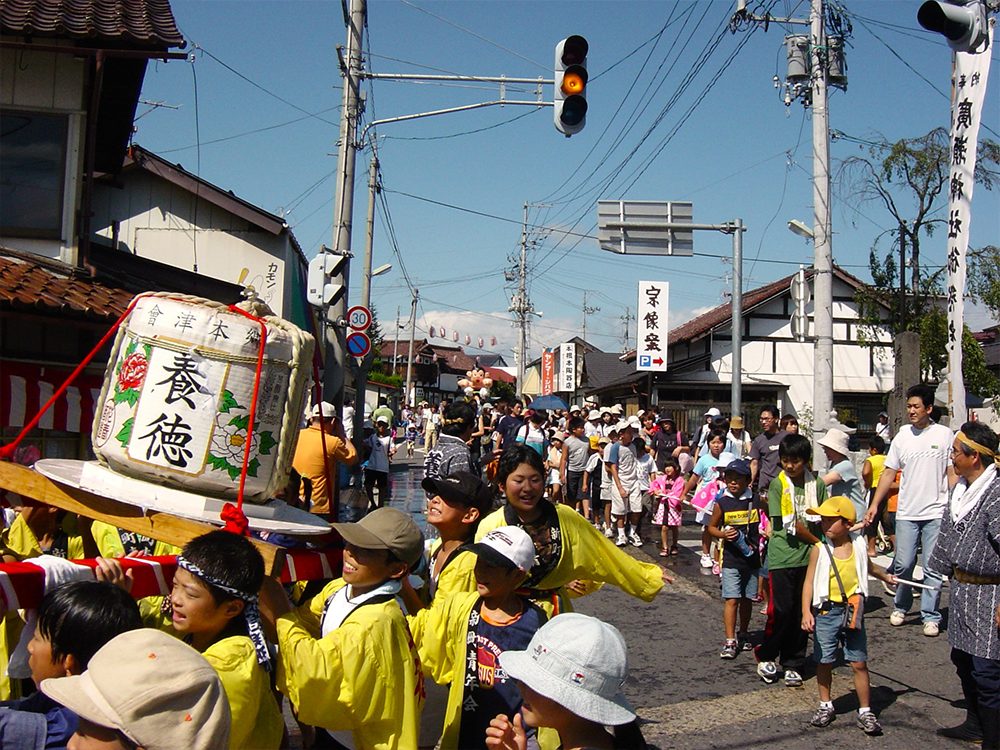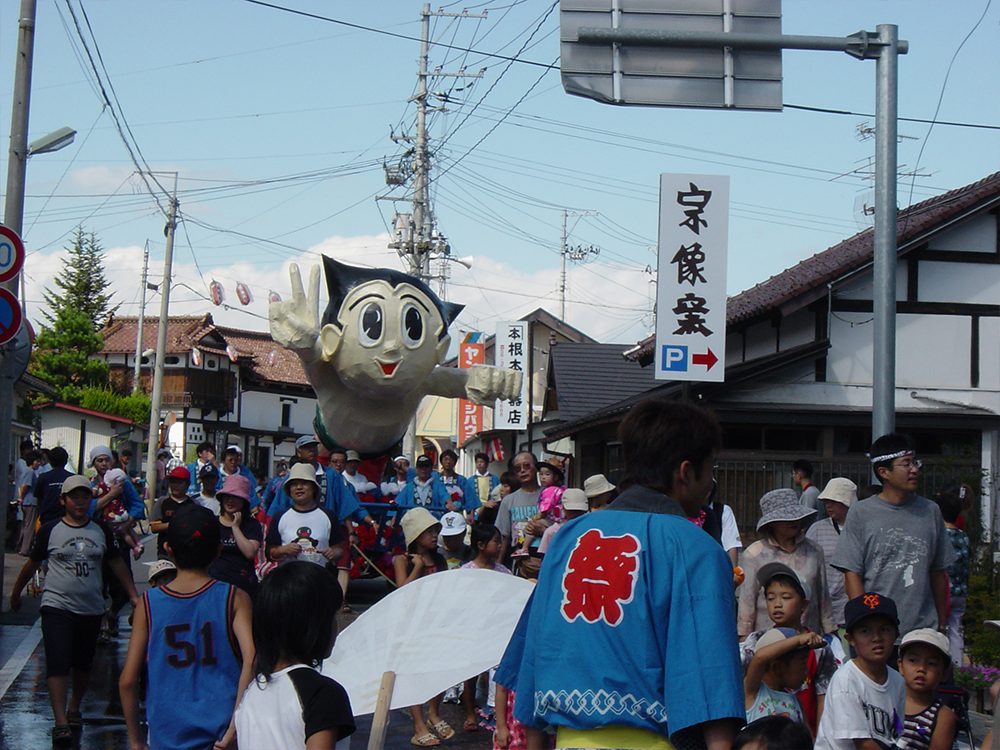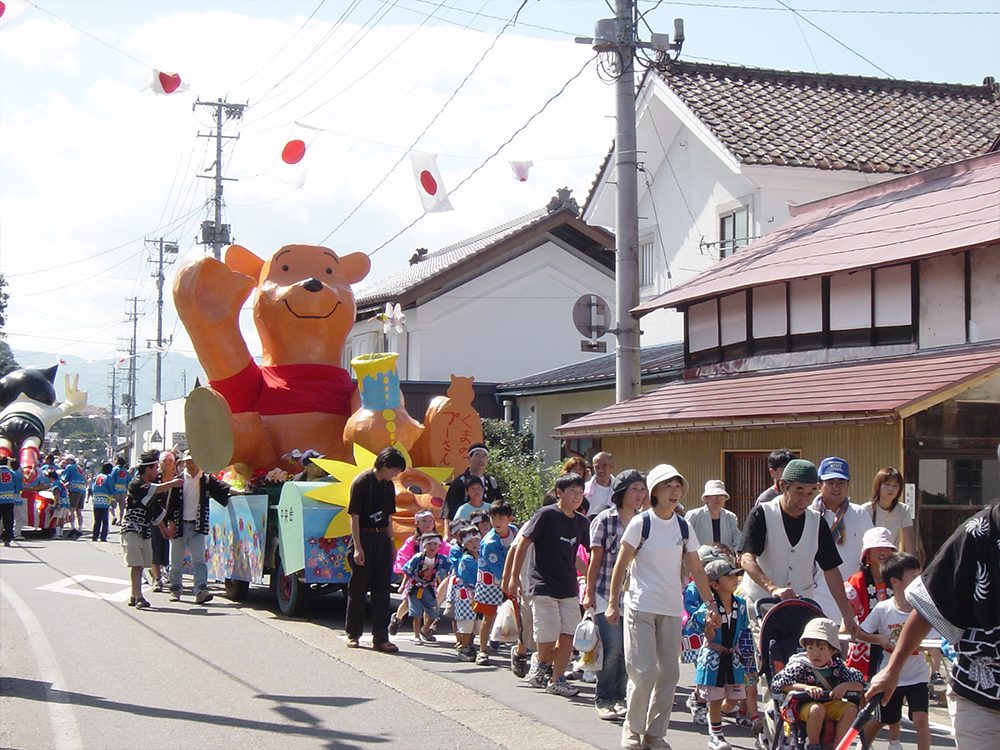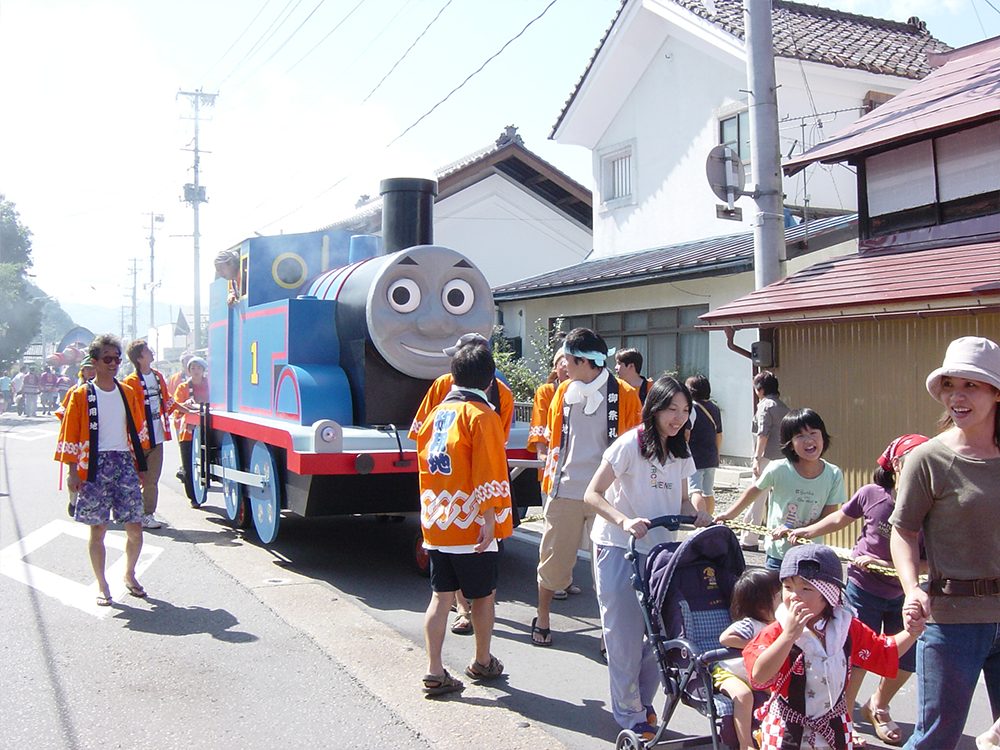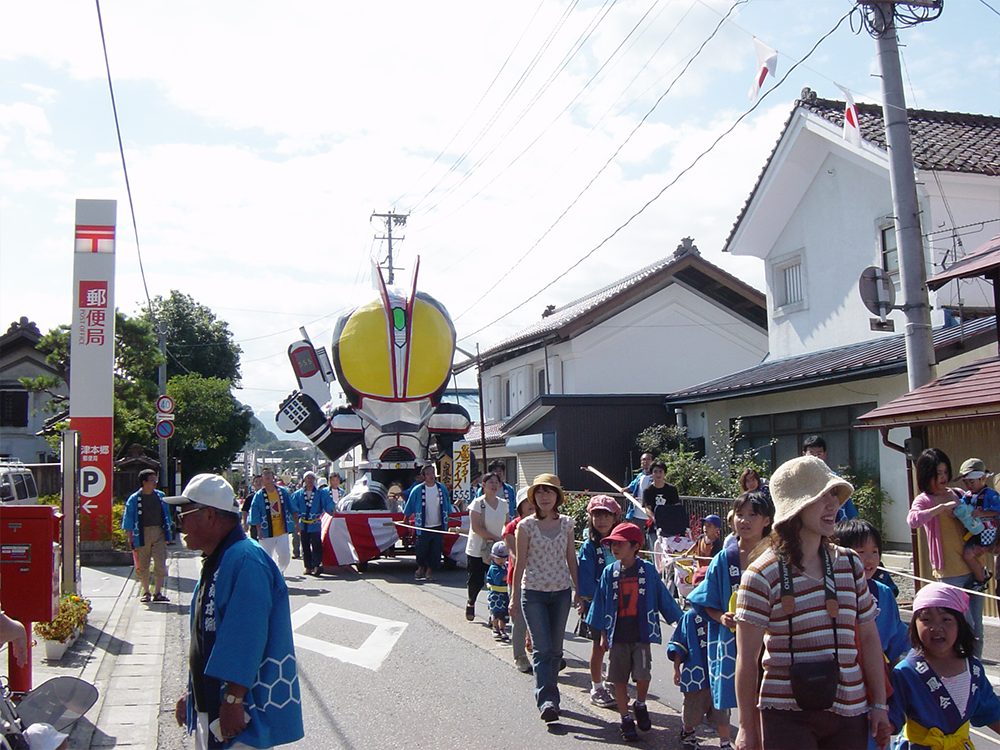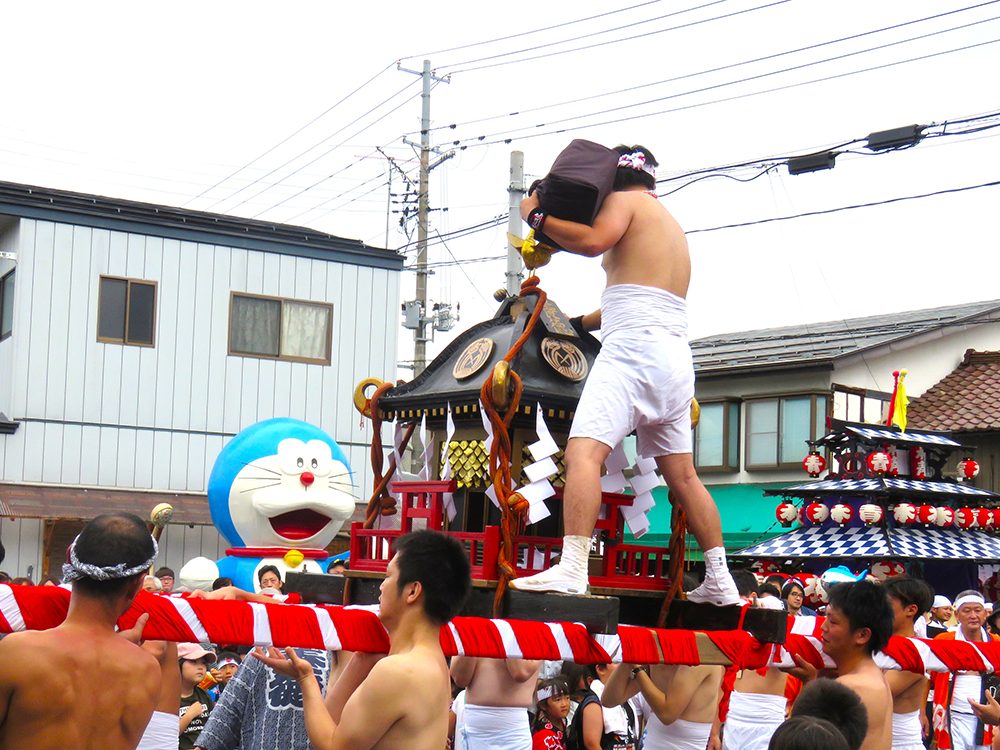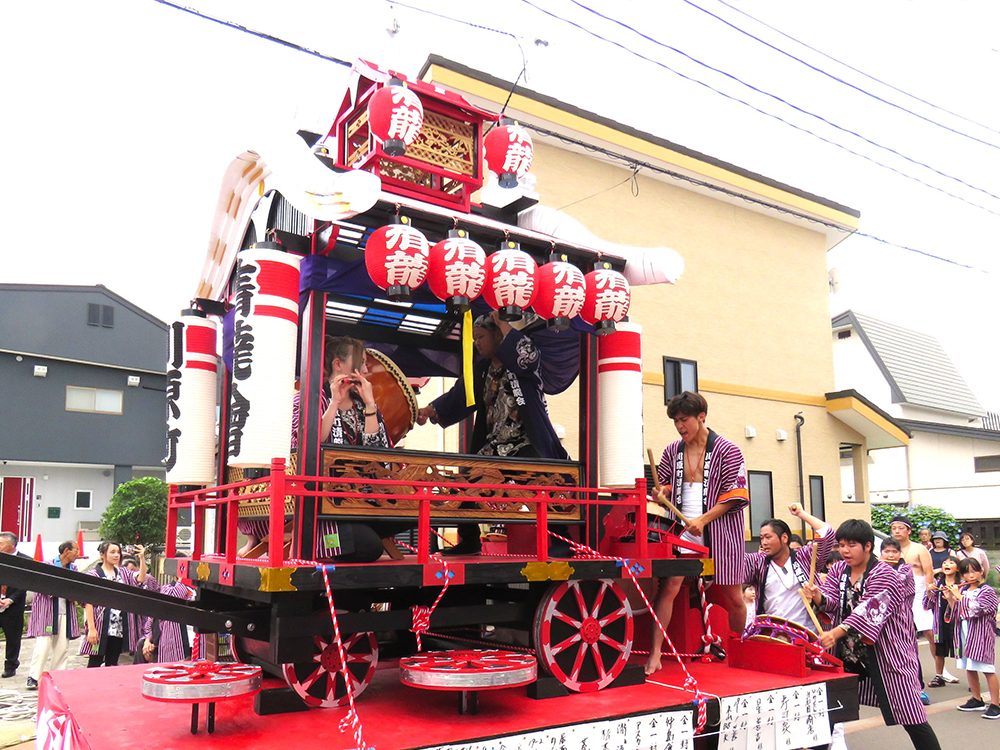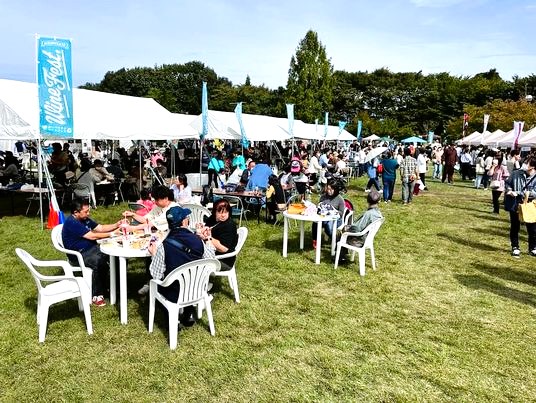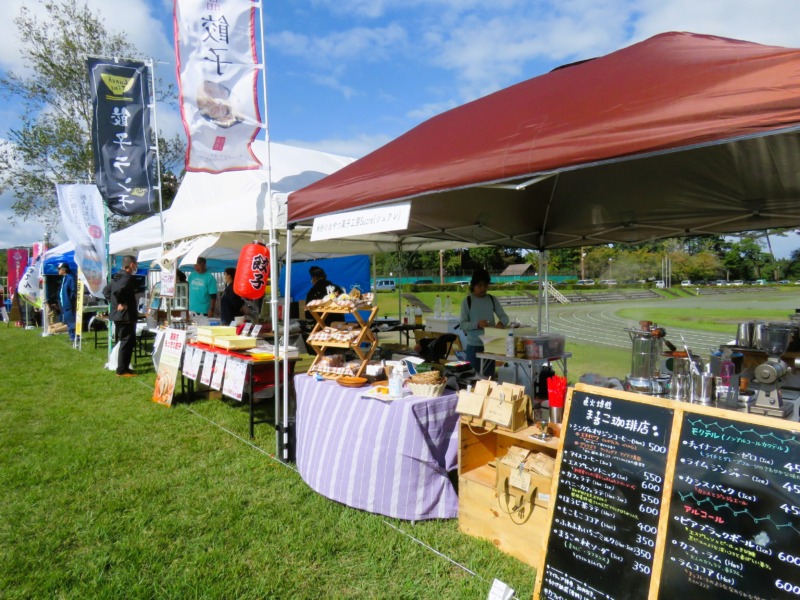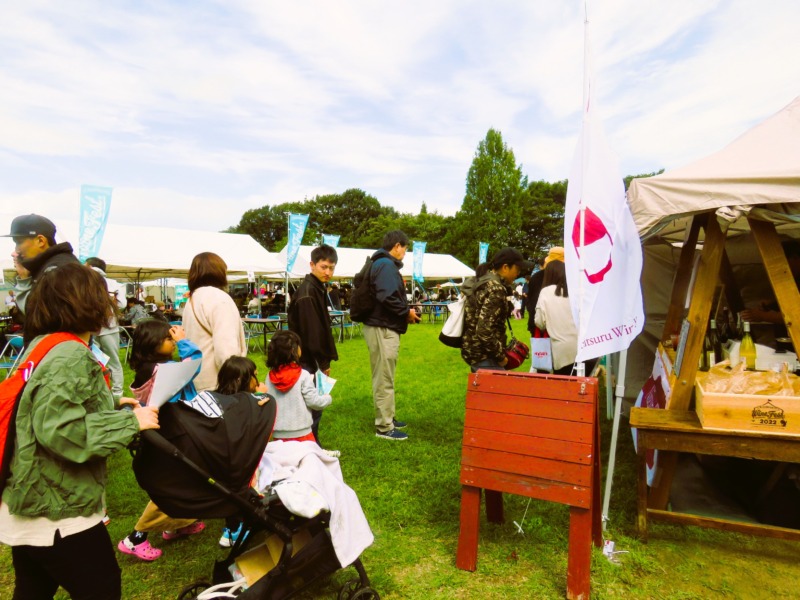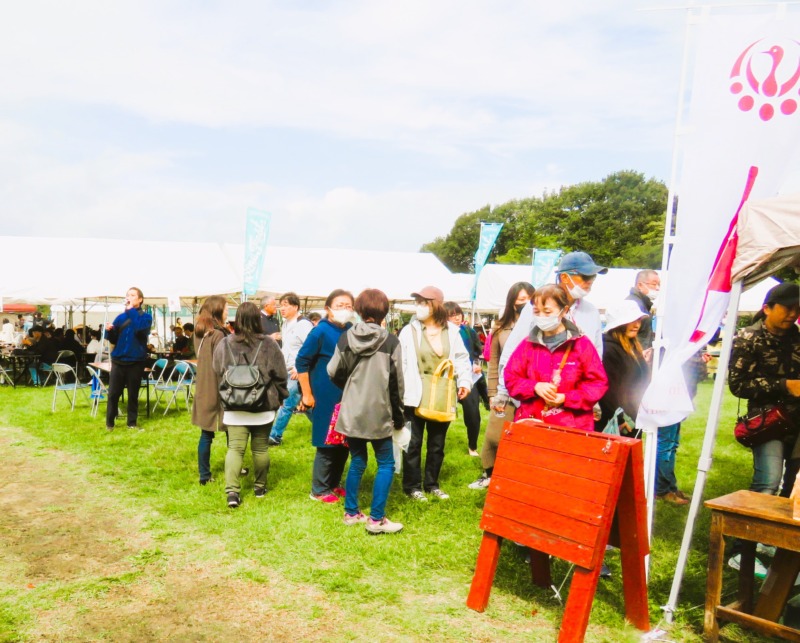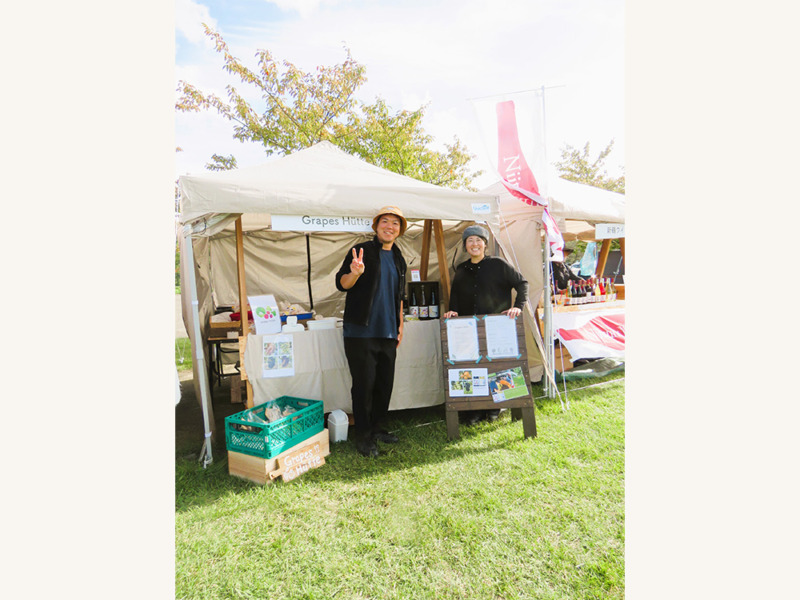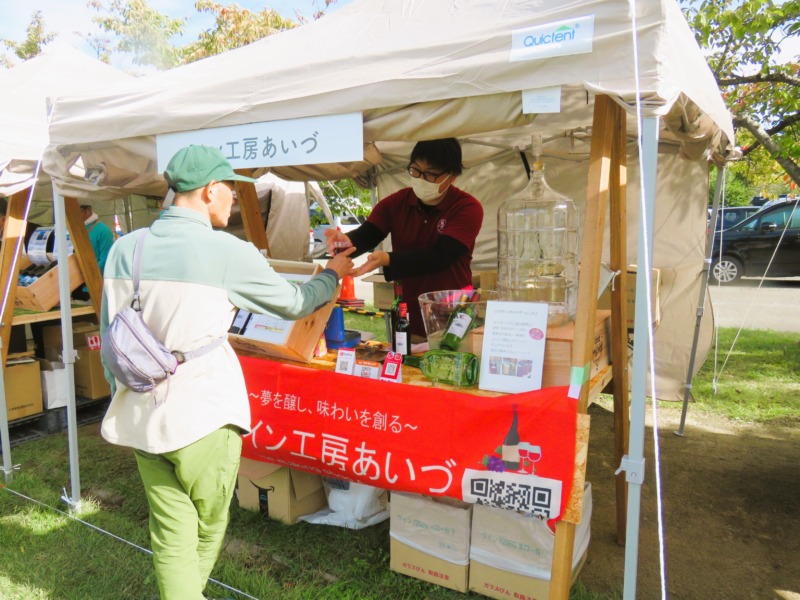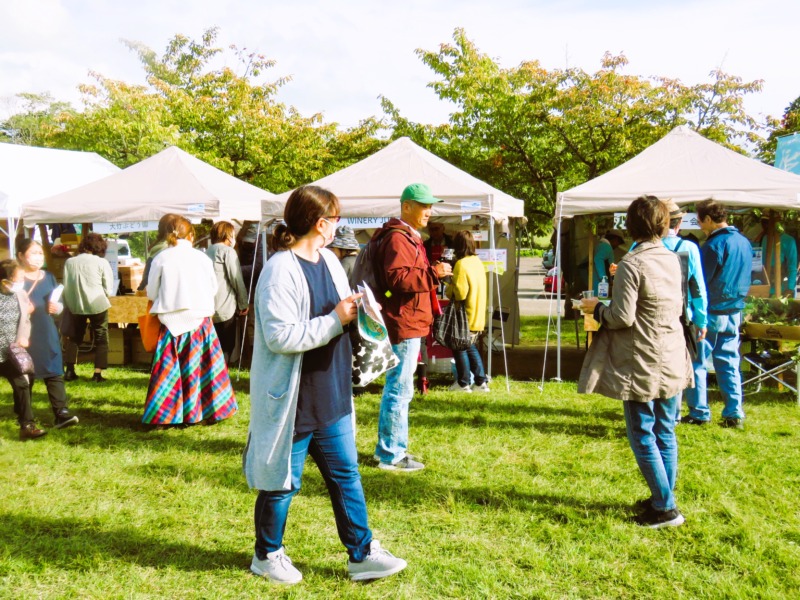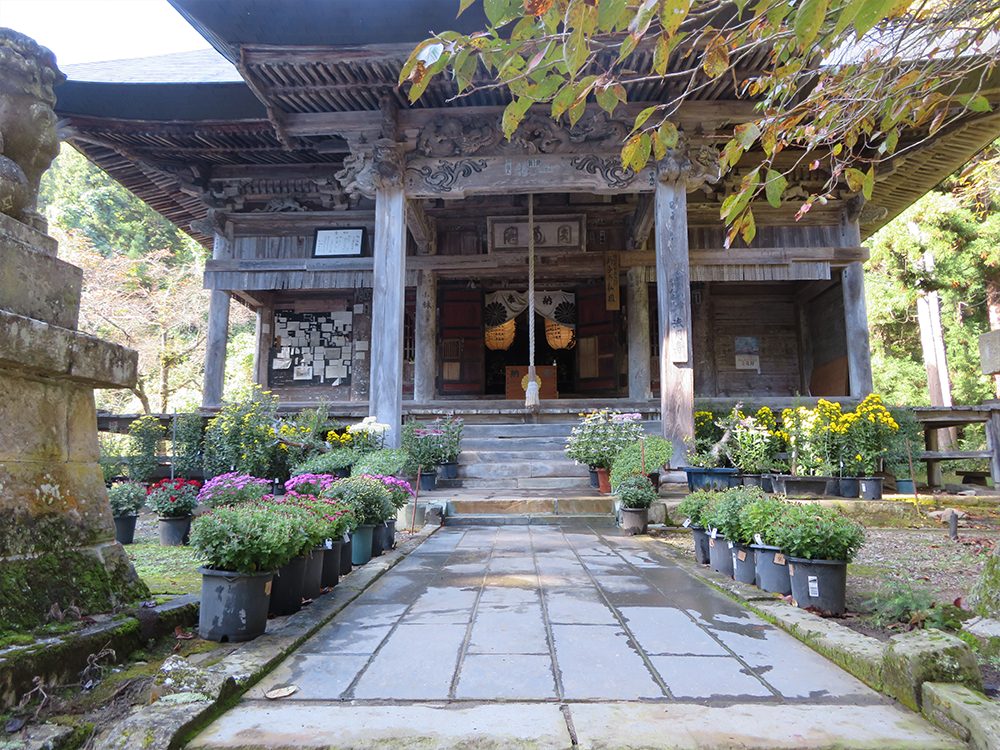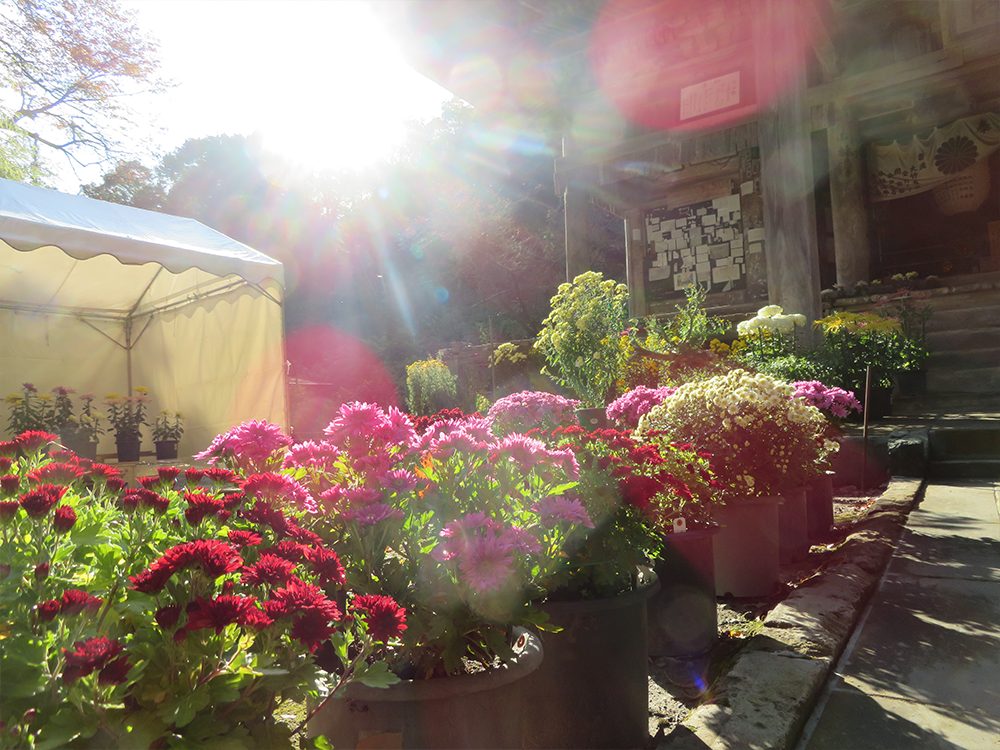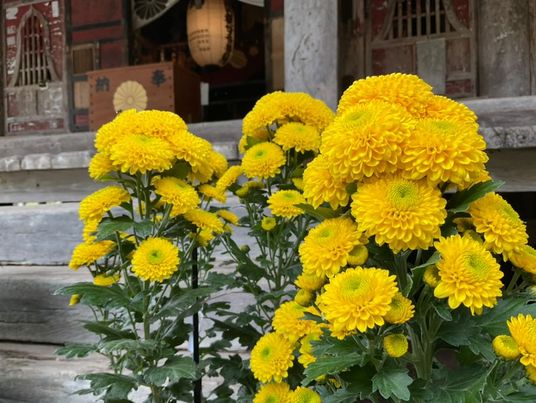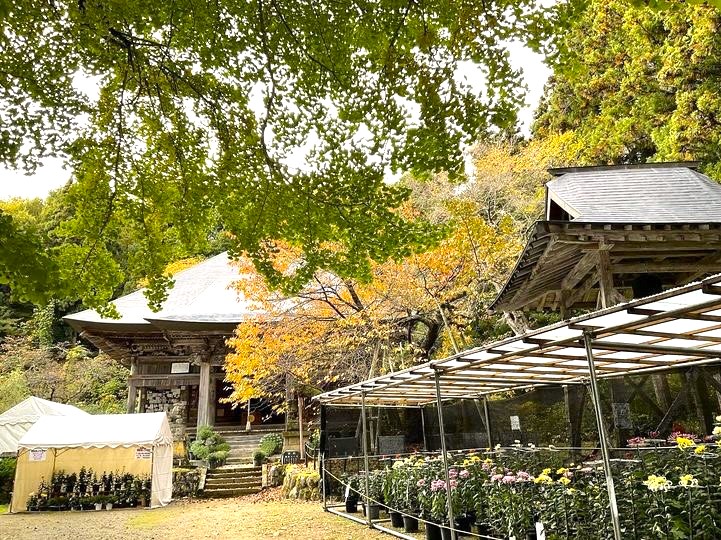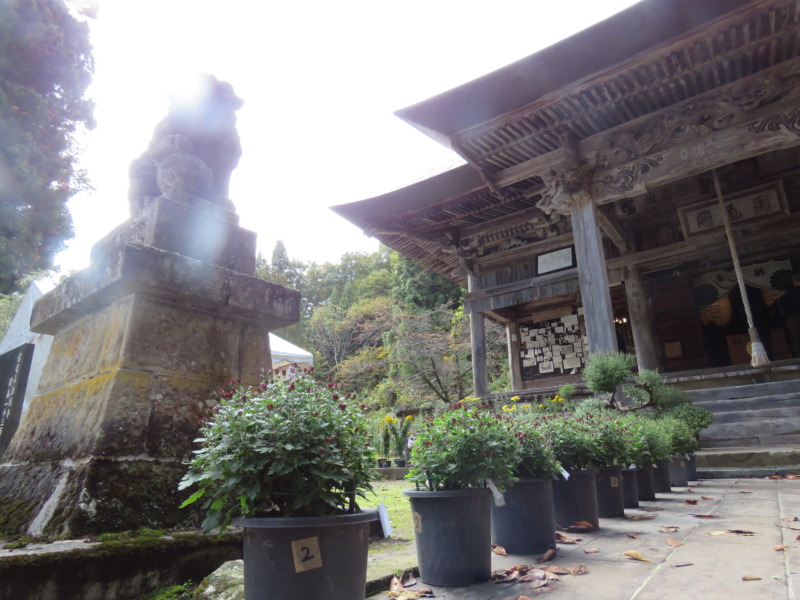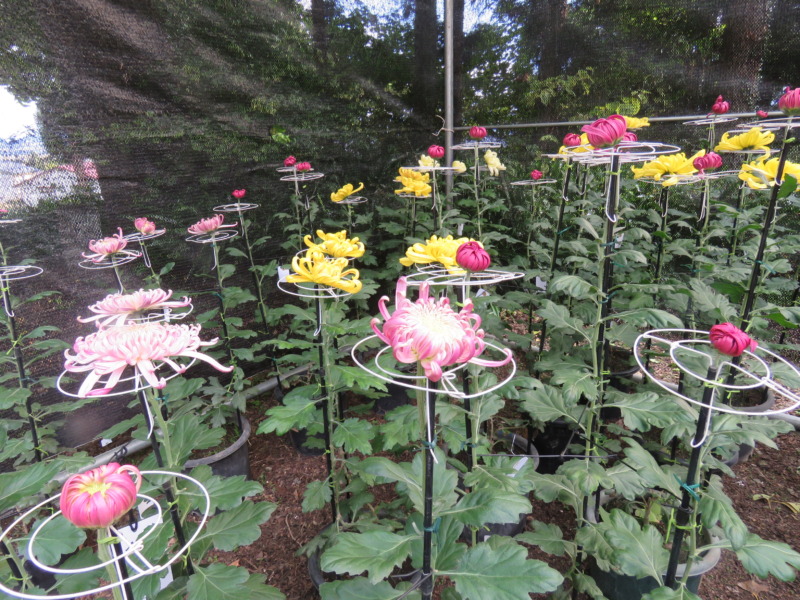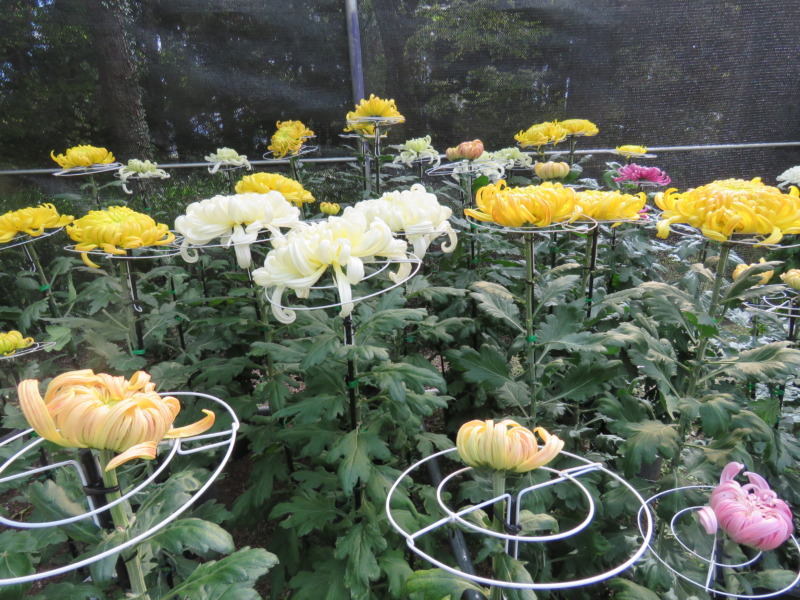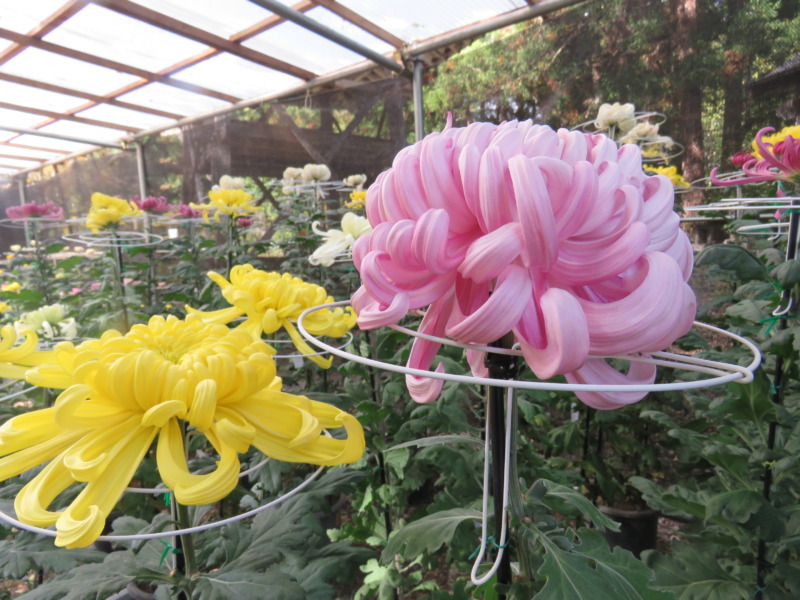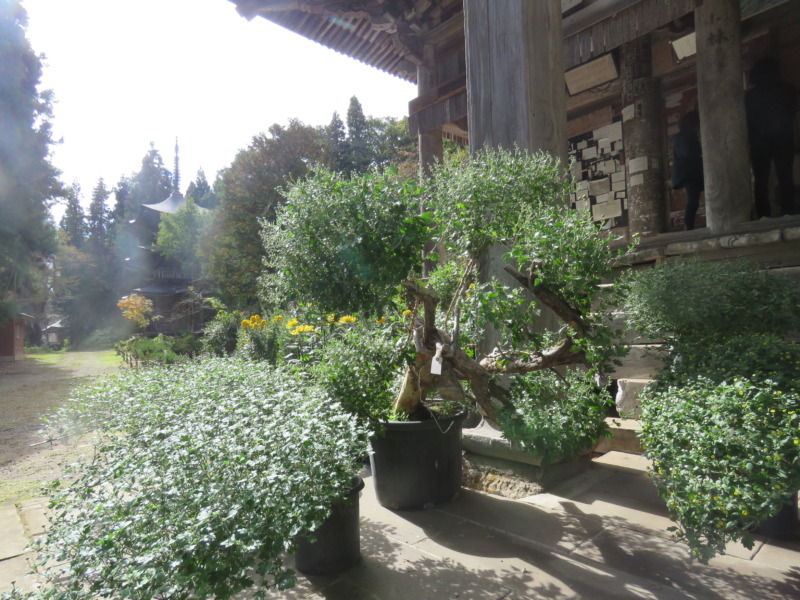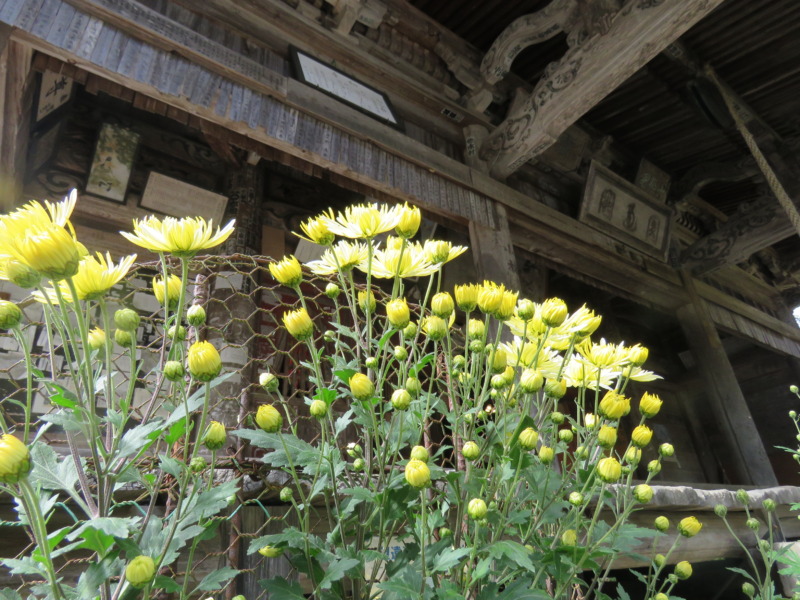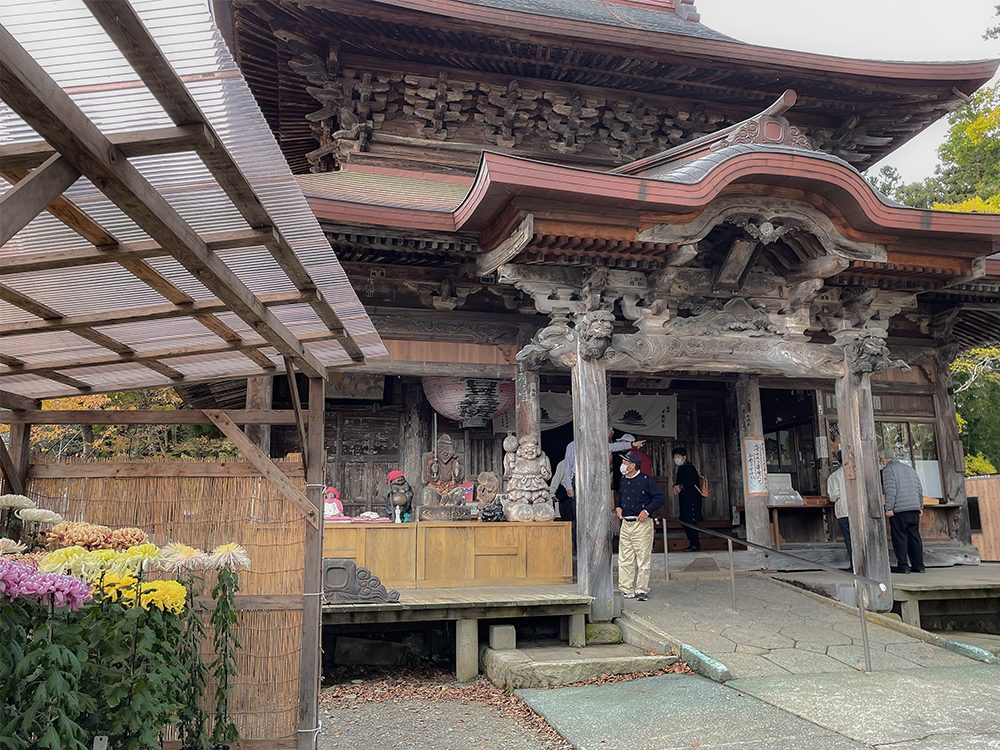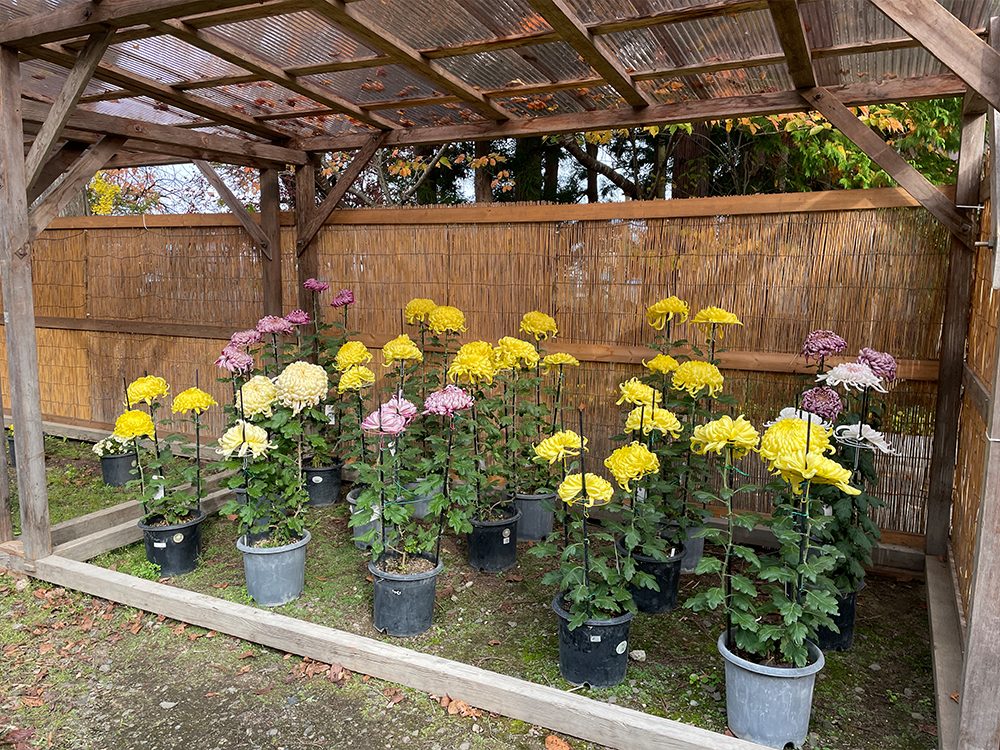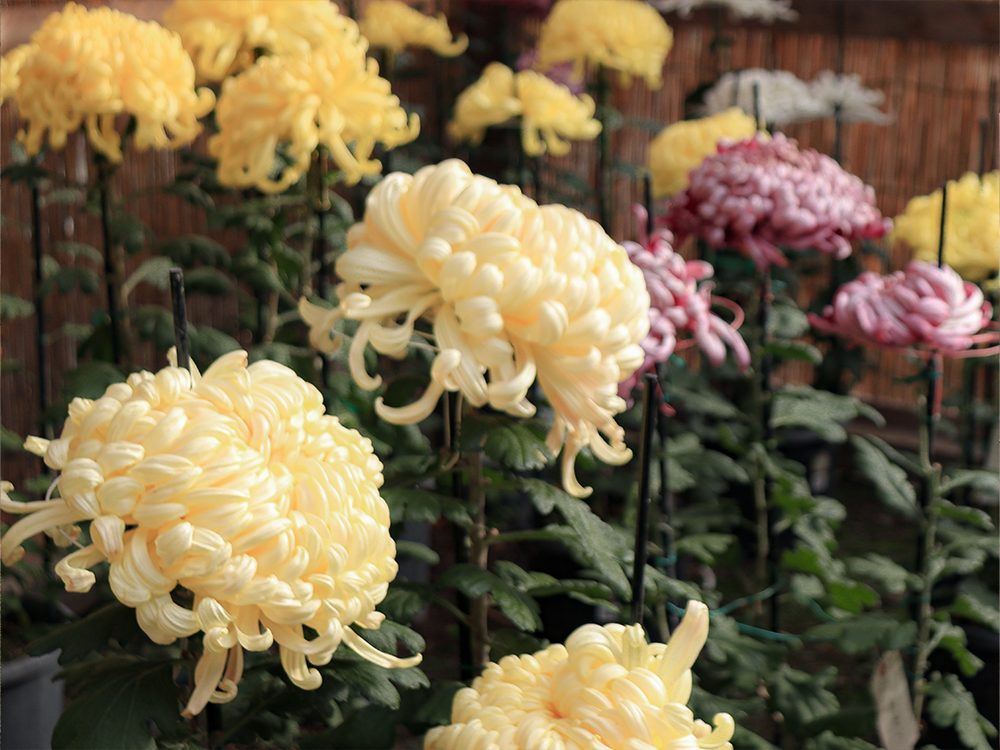Event Calendar
Isasumi Shrine Three days of festivities – events
The New Year’s Eve Purification and the New Year’s Eve Festival are held on New Year’s Eve, followed by the First Prayer, the New Year’s Day Festival, the Kakuseishi Inari Shrine New Year Festival on New Year’s Day, the Gohon-Sha New Year Festival on the 2nd and the New Year’s Day Festival on the 3rd.
The Gohonsha New Year’s Festival will be held until 7 January, starting at 7am.
Anyone is free to attend.
Hoyoji Temple Snake New Year’s Day
This is a traditional New Year’s event that has been handed down for more than 100 years. Local elementary school students carry a 7-meter-long straw snake and go around the houses in the village to pray for a good harvest, good health, and abundant irrigation water.
Over 400 years of traditionStrange festival Takata Grand Bale Pulling
An unusual festival with a tradition of more than 400 years. It is held every year on the second Saturday of January.
A large bale, 5 metres long and weighing 3 tonnes, is divided into red and white and drawn against each other,
It is said that if the white team wins, they will enjoy a good harvest, and if the red team wins, they will enjoy prosperous business.
The event is enlivened by the carrying of the bale mikoshi (portable shrine), a tug-of-war by the general public and a battle for the good luck stick by the young men.
On the day of the event, there will also be a lottery for 365 small bales of good luck and good health, as well as sake and rice cakes.
The Takata Hatsuichi market will also be held in the vicinity of the venue, where lucky charms will be sold and food and drink stalls will be set up.
seasonal festival
This festival derives from the tradition of Tsuina at court since the Heian period (794-1185).
The ritual is performed in the presence of Gonenyaku, Ujiko (parishioners), worshippers and those praying to be rid of bad luck, and the priest performs the ‘Mameuchi no Gigi’ (bean-striking ceremony).
At the same time, Tsuina Ceremony is held at the venue for the Fukusamemaki (lucky bean throwing), where Housousoshi, a golden four-eyed man, drives away the demons.
In addition, daggers and arrows will be shot, and the Gonenyaku will throw out lucky beans and draw lots for lucky items.
The demons of Horaijima scatter offerings and sacred tickets to the people who gather at the shrine and enjoy the festivities.
Monju Grand Festival
The Monju Grand Festival is held every year on February 25, and is visited by junior and senior high school students and their parents from within and outside of the prefecture who are preparing for entrance examinations. Students and parents line up to write the name of their school of choice on ema (votive tablet) and dedicate it to Monju-sama, and the procession continues until nightfall.
Town-designated important intangible folk cultural propertySaikatsu Higan Shishi
The Higan Shishi-mai is passed down to the eldest son. The history of the lion dance dates back to 1626, when the entire village was destroyed by a large fire and the people moved to this area. In 1798, the population was halved due to an epidemic. This tragic situation led to the lion dance to pray for the eradication of the plague, a good harvest, and the safety of the family.
Daidai Kagura Flower Festival
Rice cakes filled with petals of Usuzumi cherry blossoms are served to the shrine parishioners, and in the Kaguraden, a curtain is draped in the shape of Amano-Iwato, and various works from the myth are danced.
Japan’s largest Mukohaguro Castle Festival
The main venue of the festival is the ruins of Mukaihaguroyama Castle in Hakuhozan Park, a mountain castle built by warlord Moriuji Ashina, which has been designated as a national historic site and one of the 100 most famous castles in Japan. Many events are held every year, including an outdoor tea ceremony using Aizu Hongo ware and traditional Aizu crafts (lacquerware, paulownia wood and karamushi) as tea utensils, gallery exhibitions related to the castle and Lord Ashina, symposia, walking walks in the castle, stalls selling local products and a wildflower exhibition.
Iris Festival
The Isasumi Shrine Iris Garden, a place of recreation and relaxation, is home to more than 200 species of colourful irises.
On Saturdays and Sundays during the festival, various events are held on a special stage in the garden.
There will also be a tea ceremony in the garden, friendship and sister city exchange booths between Taito Ward, Tokyo, and Aizu Misato Town, as well as food, drink and specialities on the approach to Isasumi Shrine, which will be busy throughout the period.
Designated by the national government as an important intangible folk cultural propertyIsasumi Shrine Rice Planting Festival
Largest festival at Isasumi Shrine.
Held every year on 12 July, it is known as Isasumi Shrine Daytime Rice Planting, along with Morning Rice Planting at Ise Jingu Shrine and Evening Rice Planting at Atsuta Jingu Shrine, and is one of the ‘Three Rice Plantings of Japan’.
The festival begins with the ‘Shishi Ooi’, in which local elementary and junior high school students and other townspeople run through the town shouting, followed by the ‘Saotome Odori’, in which the eldest son of a farmer dresses up as a woman and dances.
Other events include a ‘portable shrine procession’ and a ‘rice planting ceremony’.
Takahashi’s Bugsending
This event is held on the eve of the first day of summer to pray for a good harvest. Named after the pests that are flushed into the river to protect the crops.
Hongo Seto Market
“Hongo Setoichi” is a summer tradition in Aizu.
People come out on crisp summer mornings while it is still dark to look for bargains.
It began in the late Meiji period (1868-1912) when apprentices of the kilns sold honey objects at low prices to earn pocket money.
Open-air markets line the entire site of the former Hongo Elementary School (Hongo area).
Autumn Festival
Eight districts parade floats and carry portable shrines along Setomachi Street and other streets.
Aizu Misato Wine Festival
The event will take place at the Fureai no Mori Sports Park.
Wineries in Fukushima Prefecture (mainly in Aizu, but also in Nakadori and Hamadori) will gather.
During the event, each of the wineries will be open for tastings and purchases, and talk shows and live music performances will be held on wine.
A market with delicious gourmet food, local specialities and hands-on events will be held at the venue, making it a fun event for the whole family.
Hoyoji Temple Dedication Chrysanthemum Exhibition
An autumn event held on the grounds of Hoyoji Temple. Approximately 100 spectacular chrysanthemums are dedicated.
Nakada Kannon Kiku Matsuri Grand Festival
This is the feast day of Nakata Kannon, one of the three Aizu Korori Kannon. It is said that if you bring chrysanthemum flowers to the shrine and offer them as an offering, and then eat them as a talisman, you will be blessed with no headache, a firm body, and harmony in the family. Also, the shrine grounds are filled with beautiful chrysanthemums.
There are no events in December.
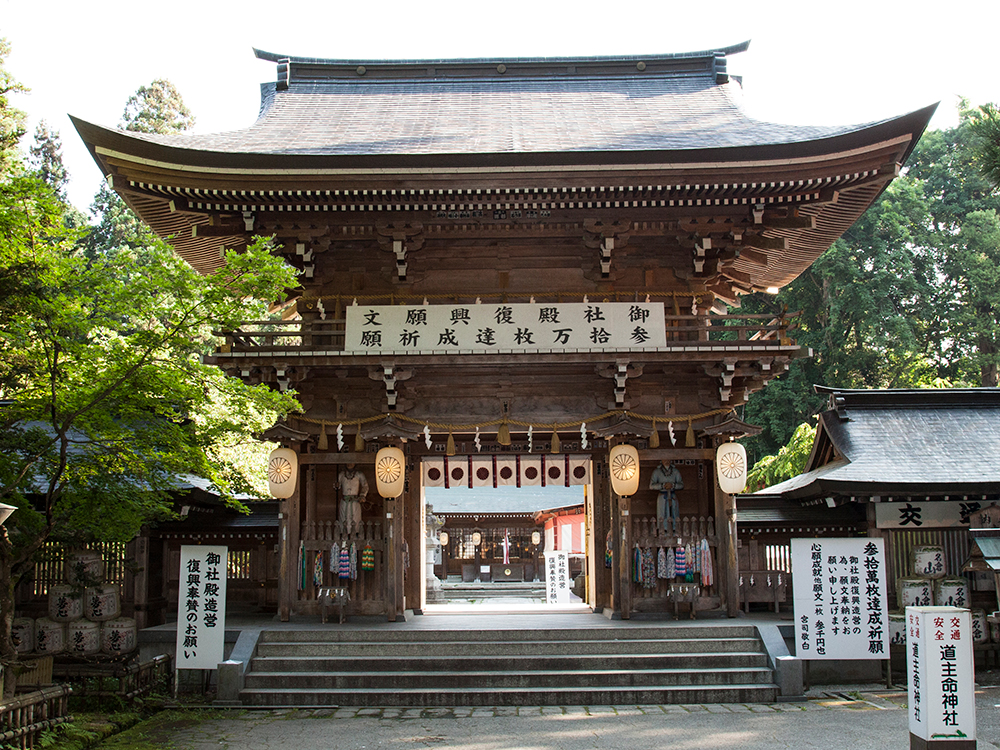
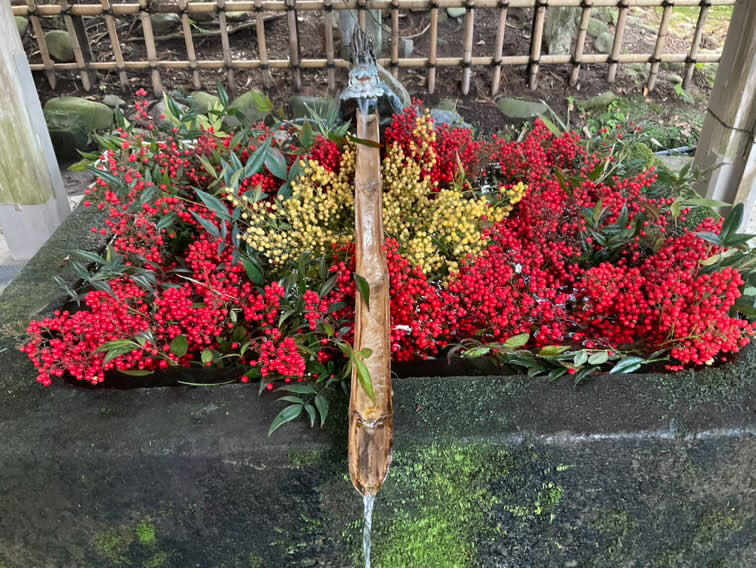
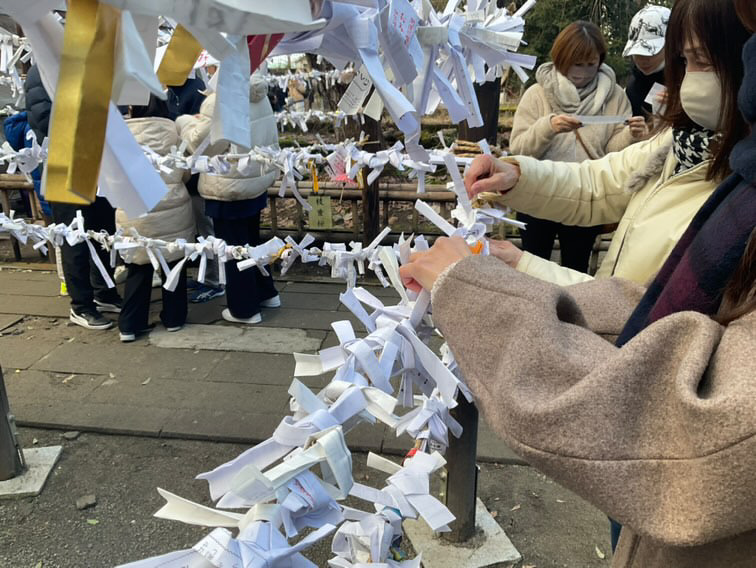
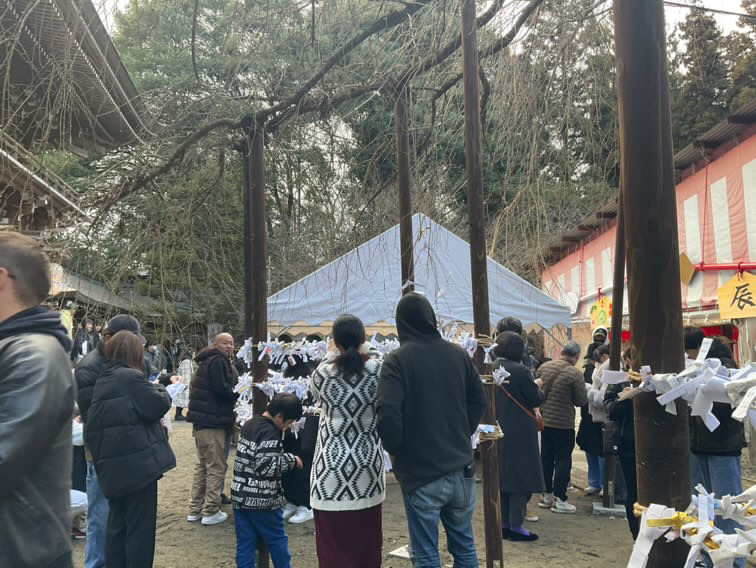
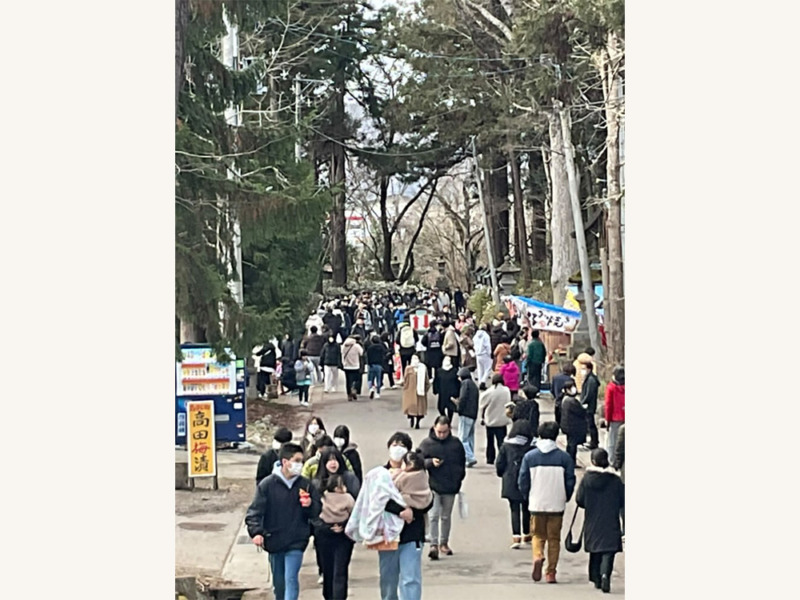
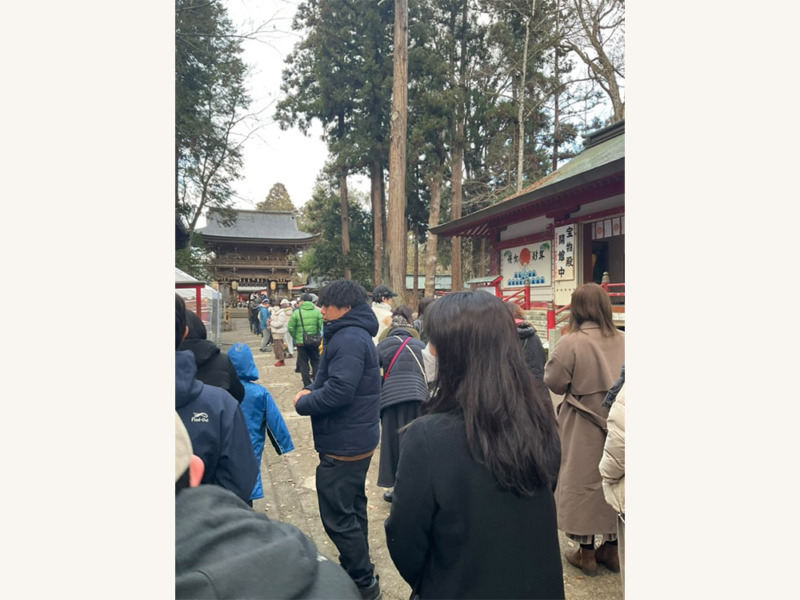
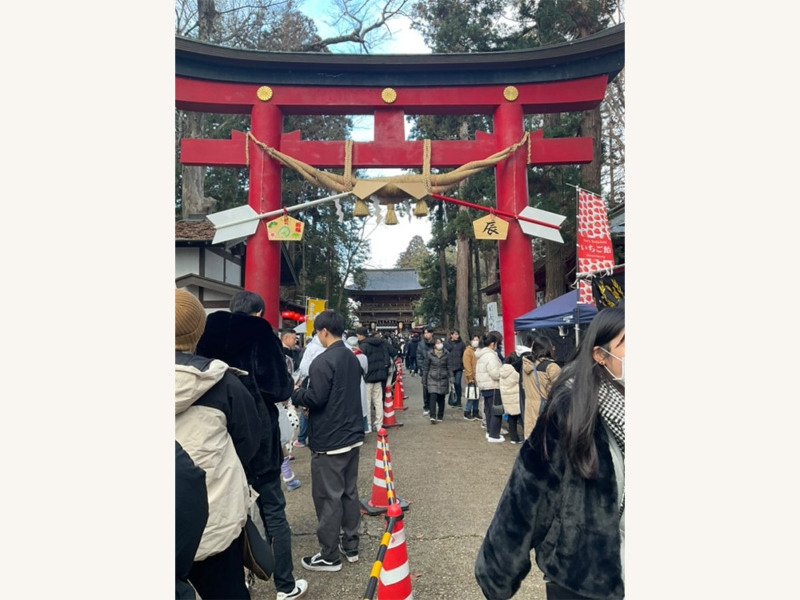
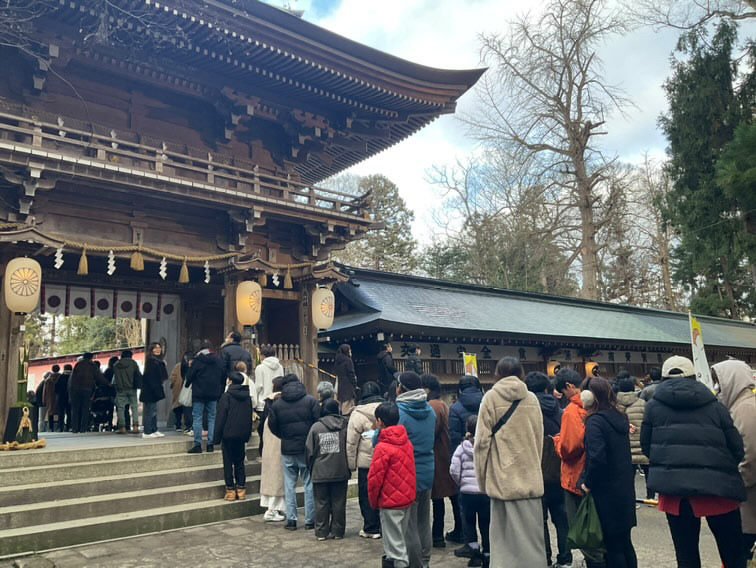
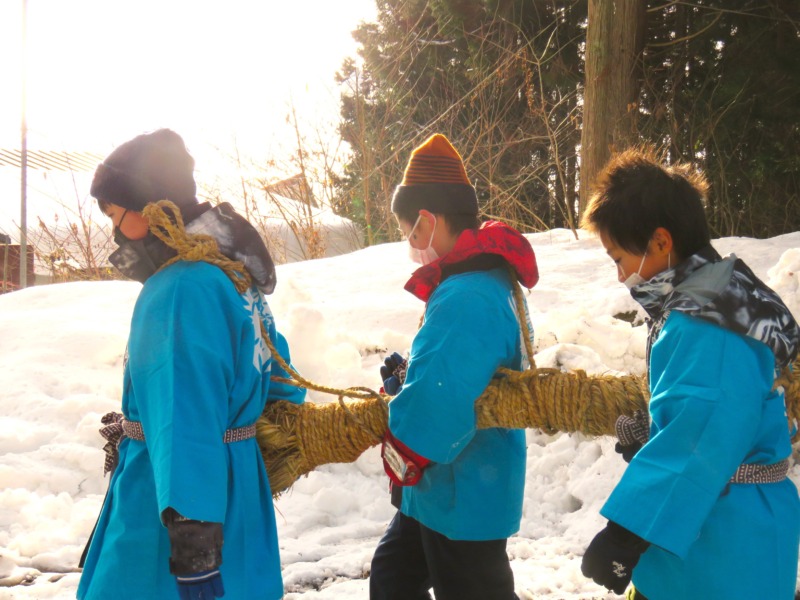
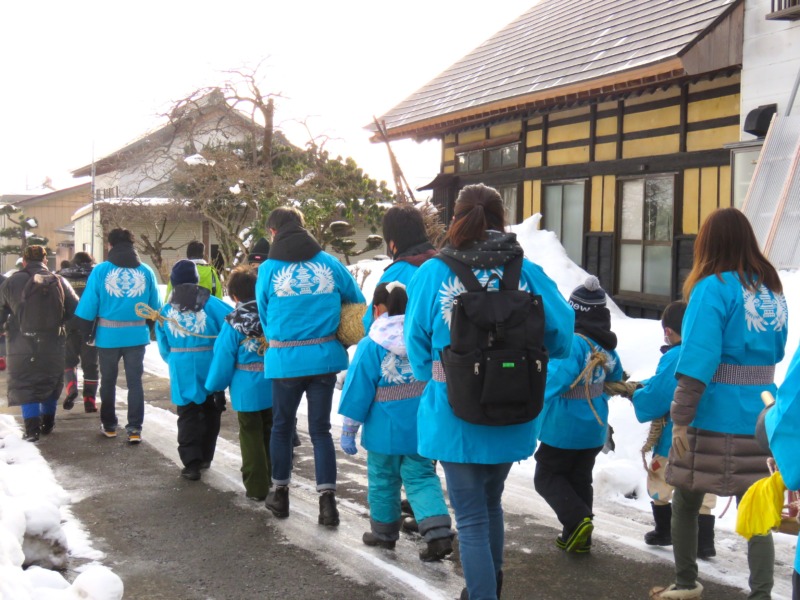
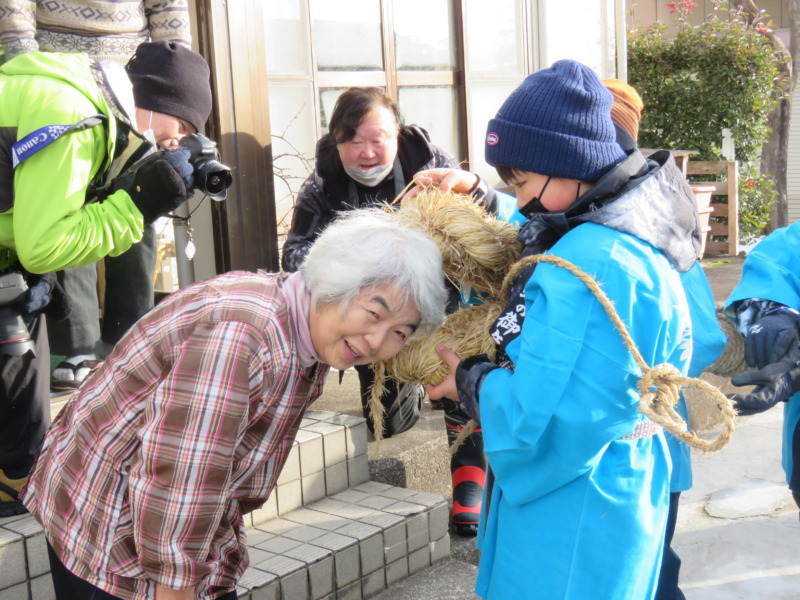
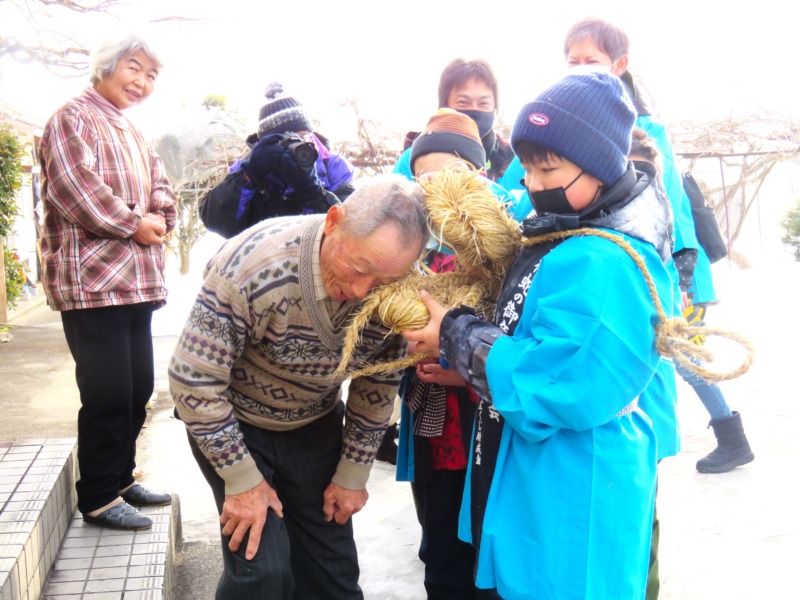
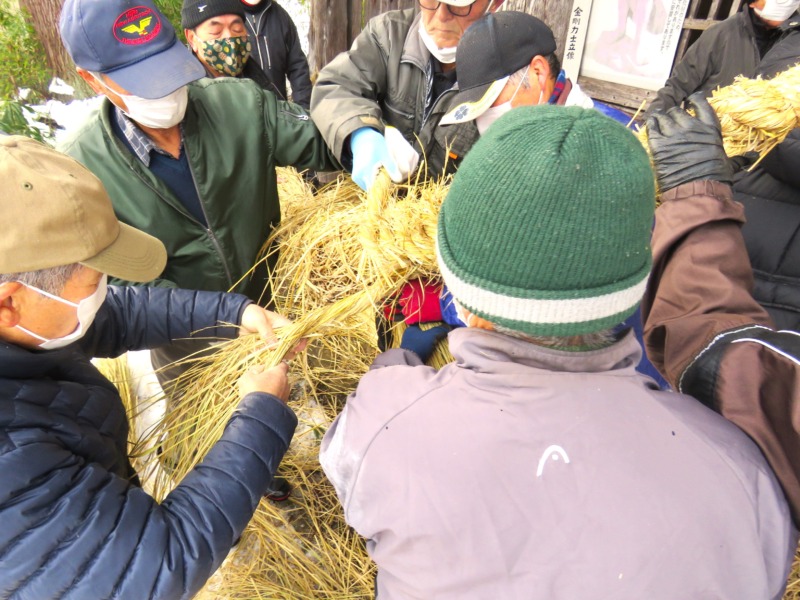
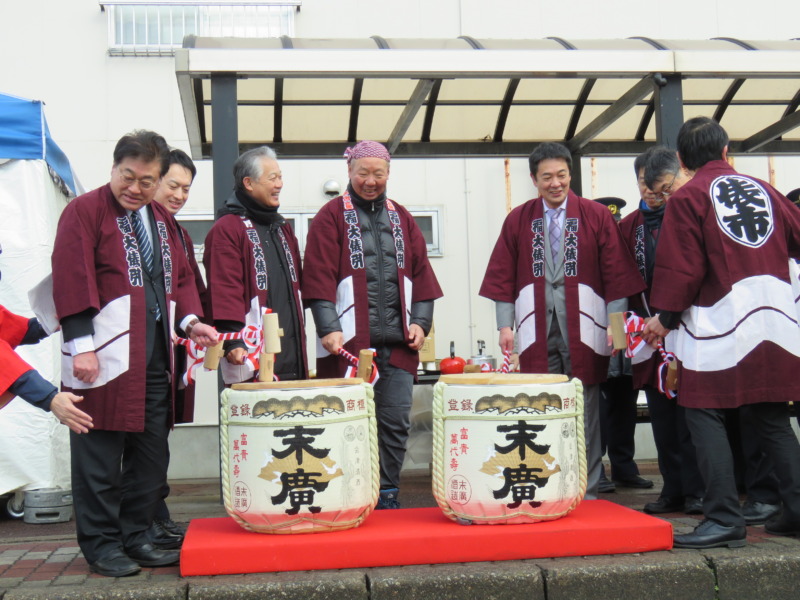
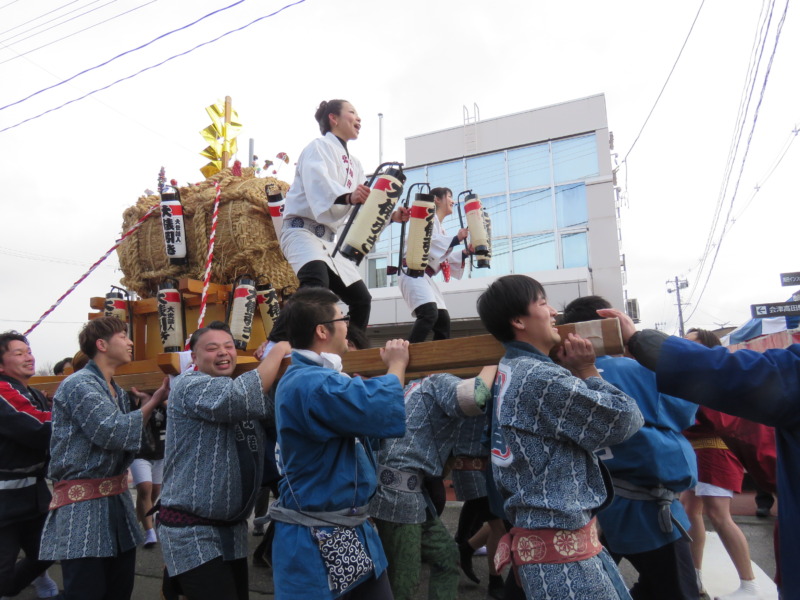

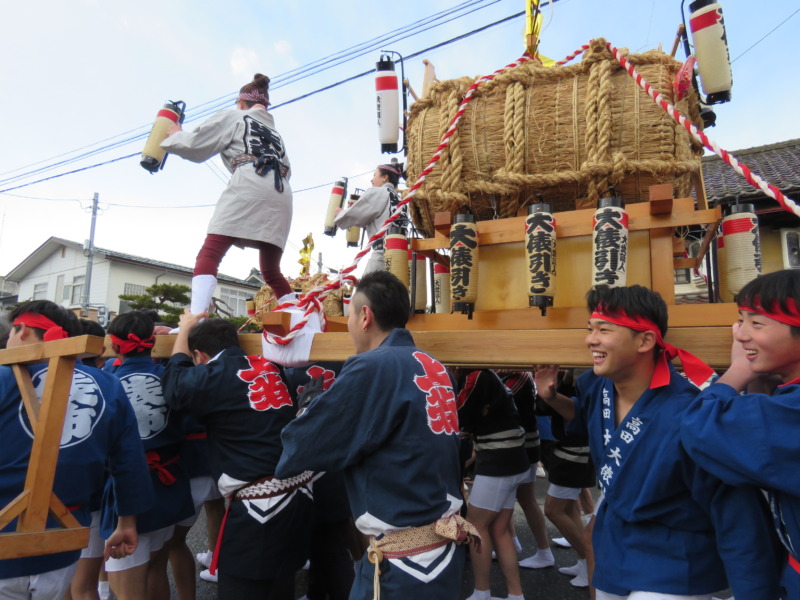
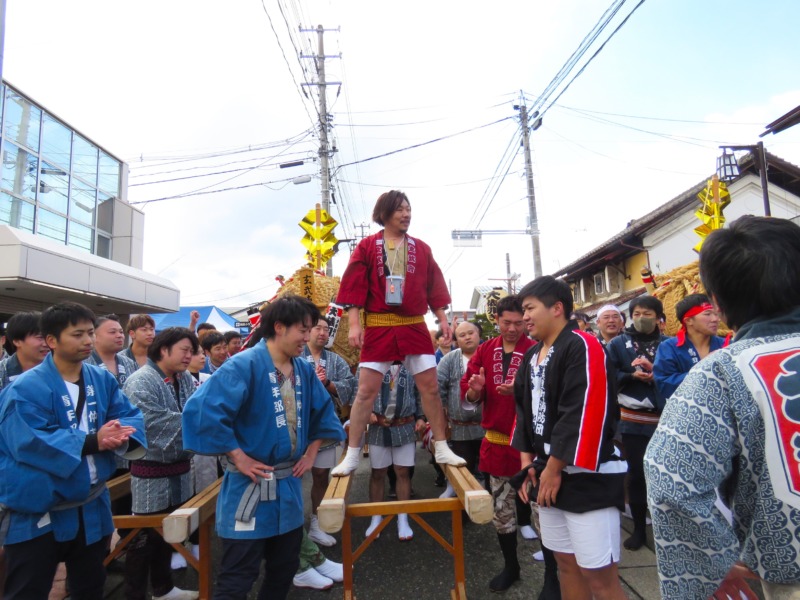
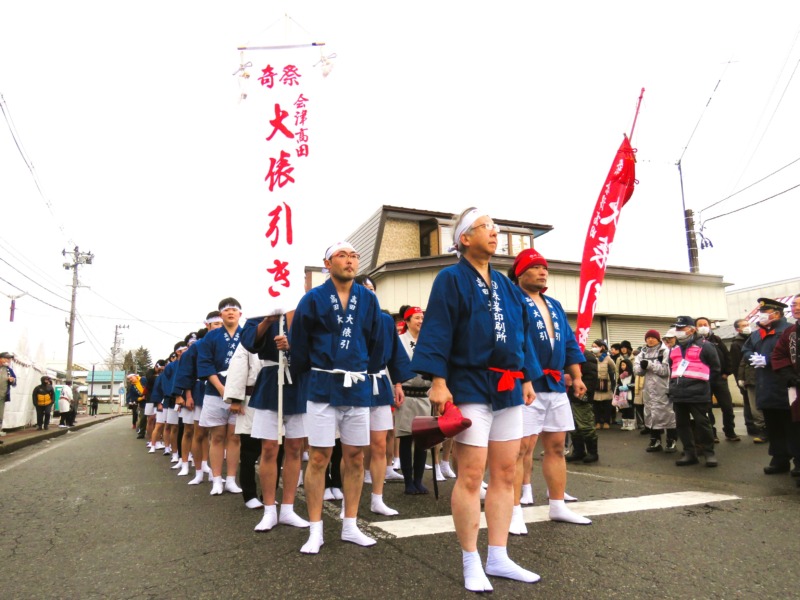
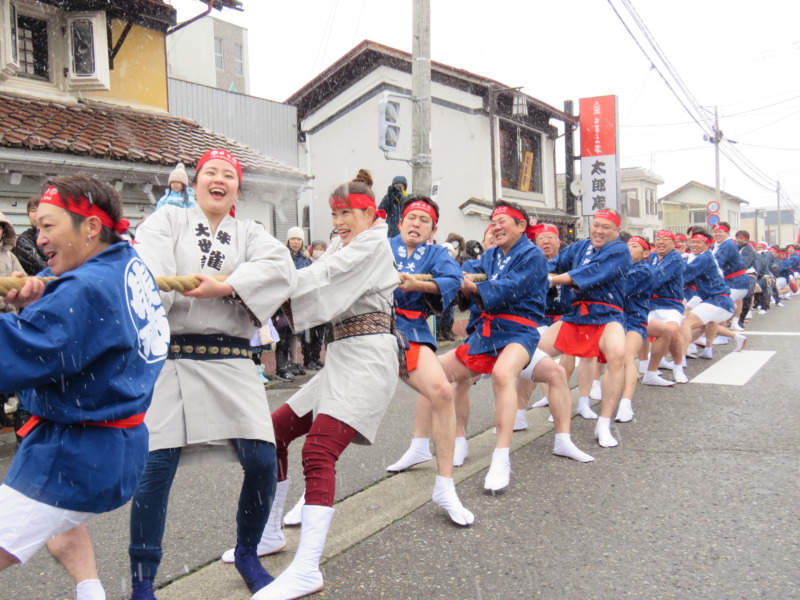
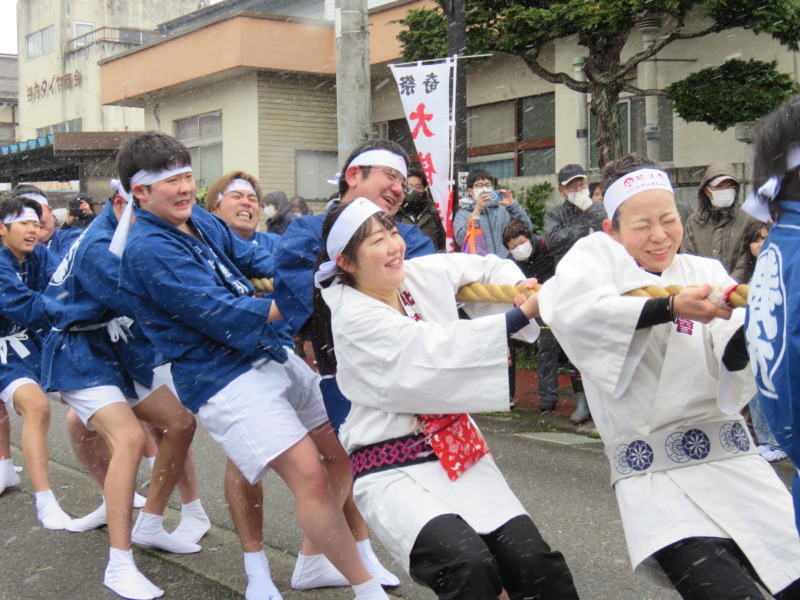
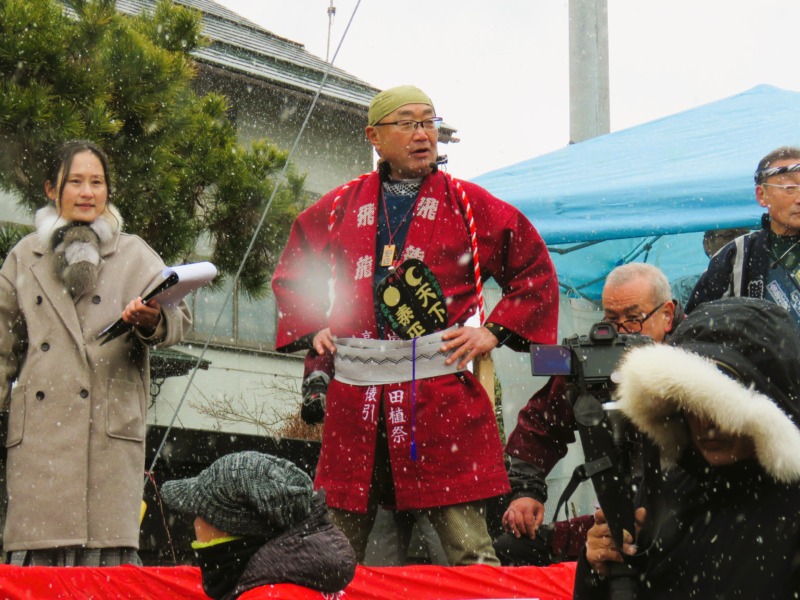
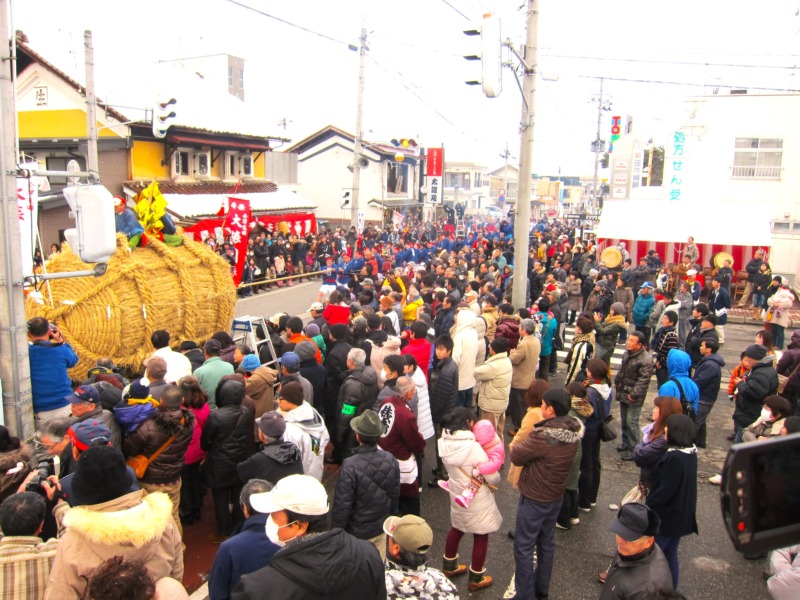
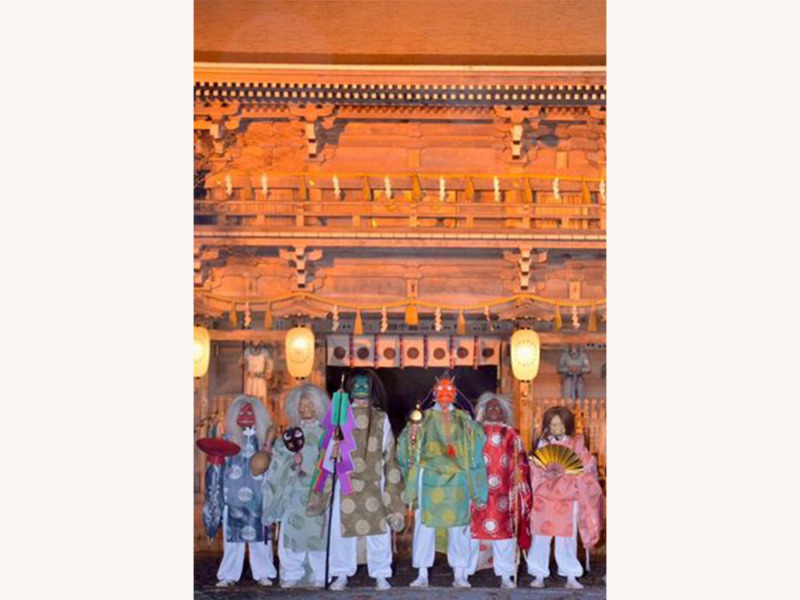
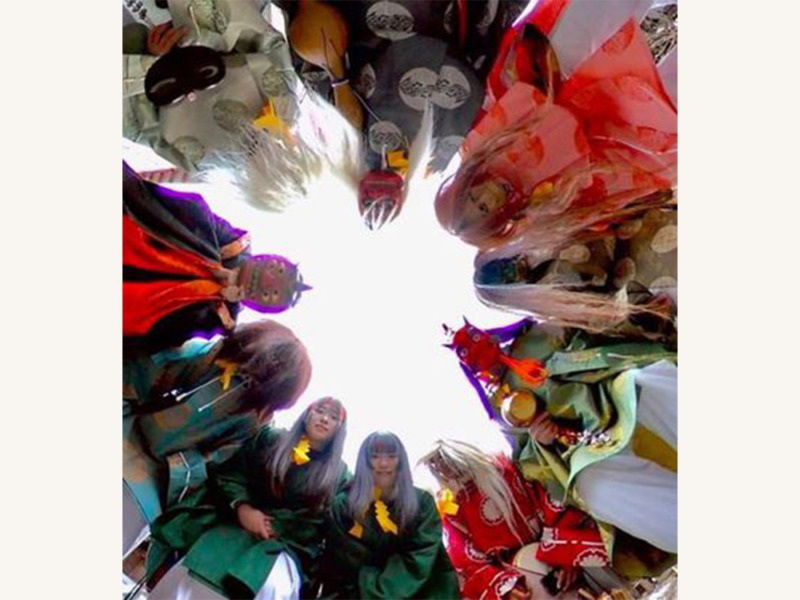
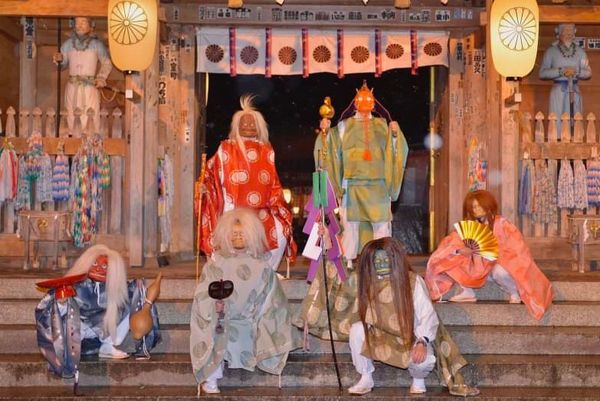
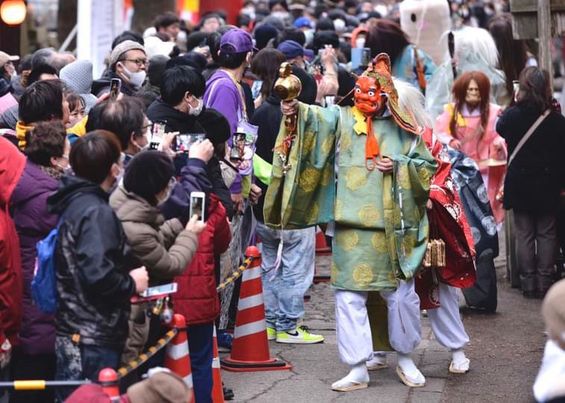
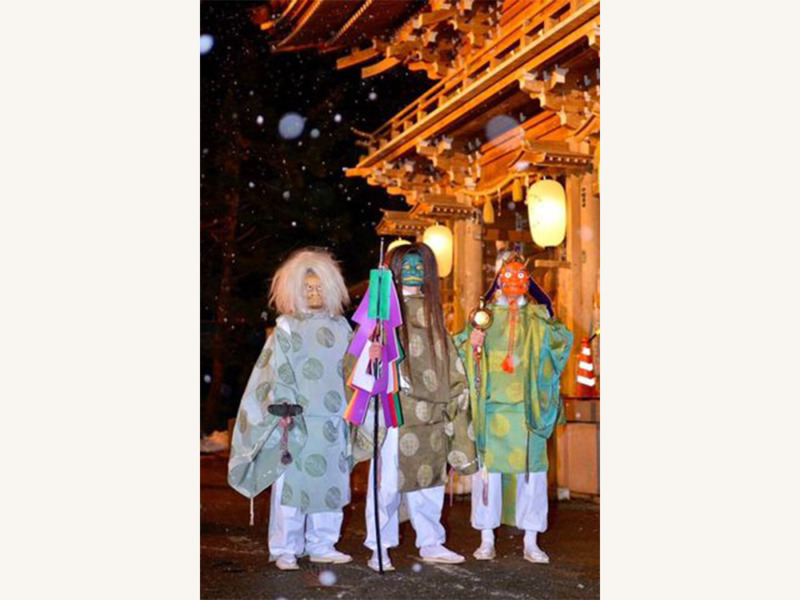
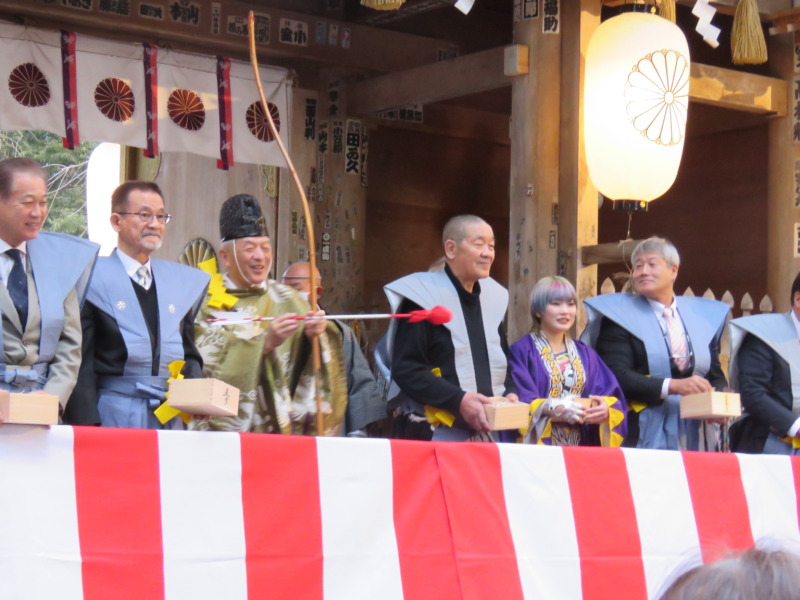
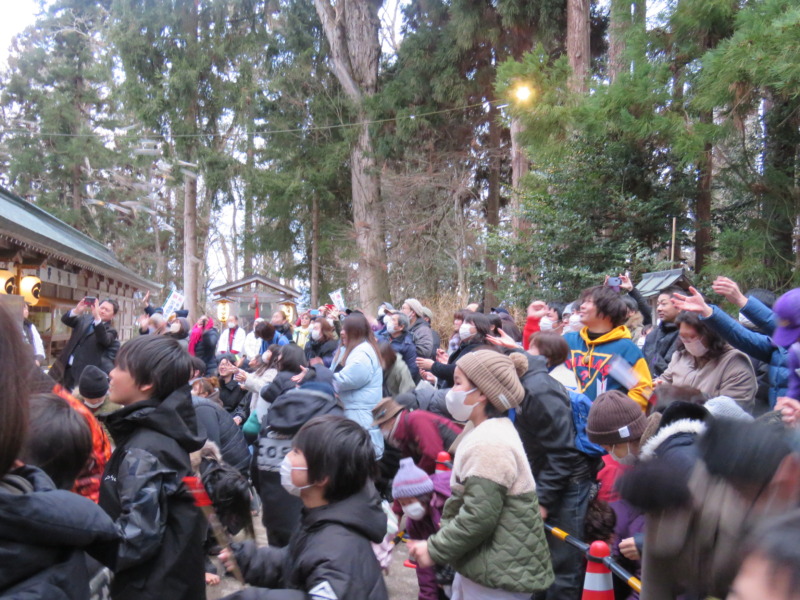
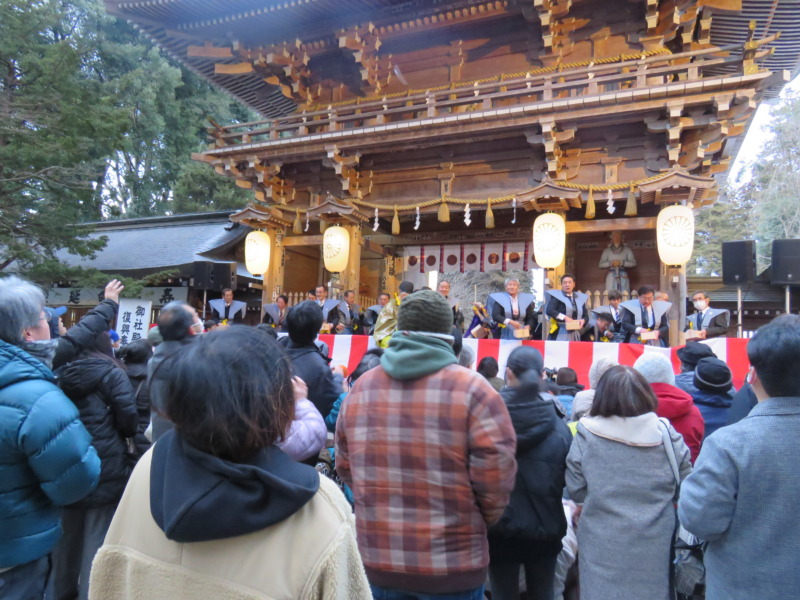
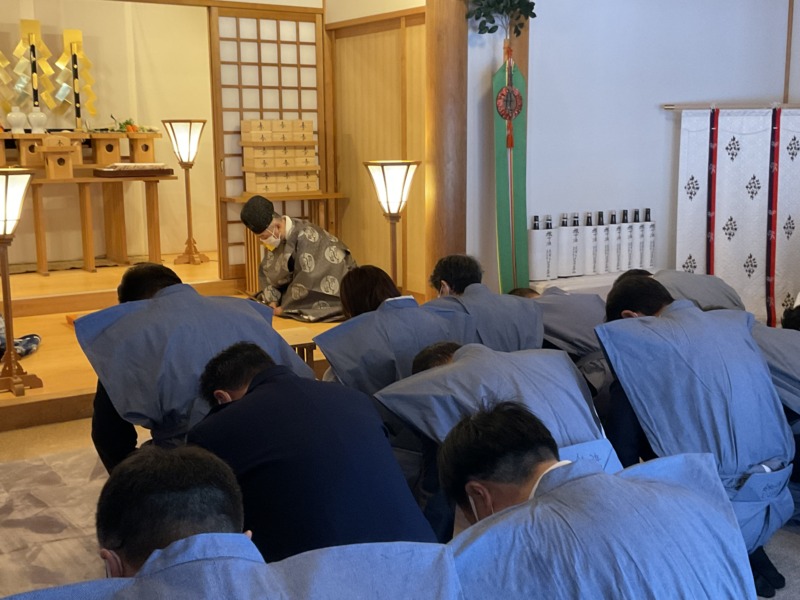
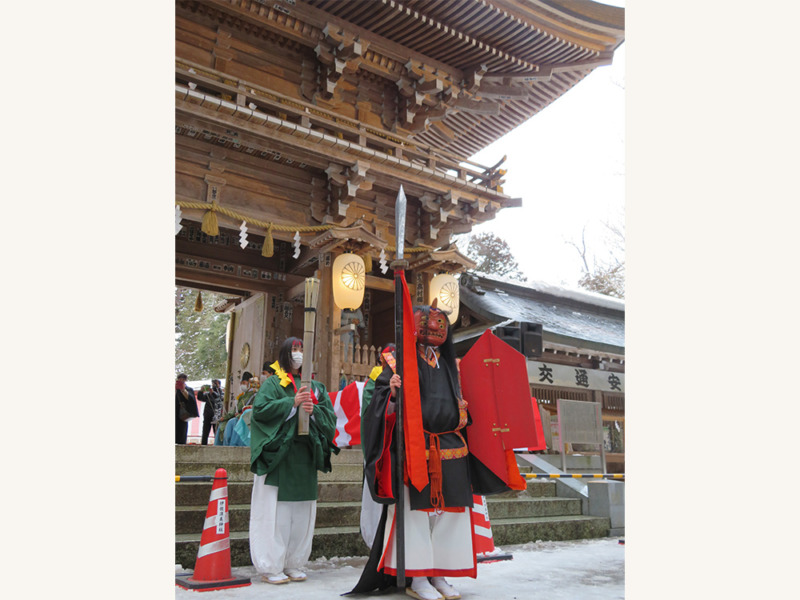
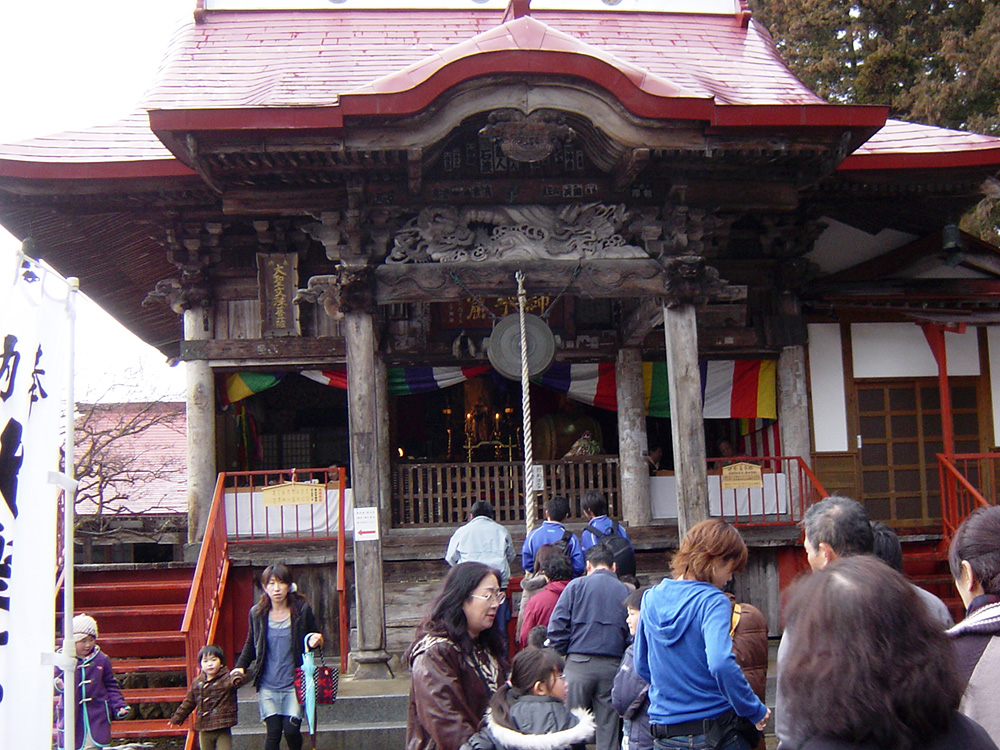
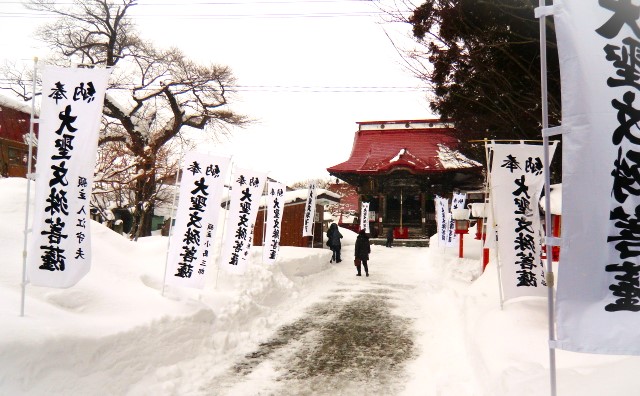
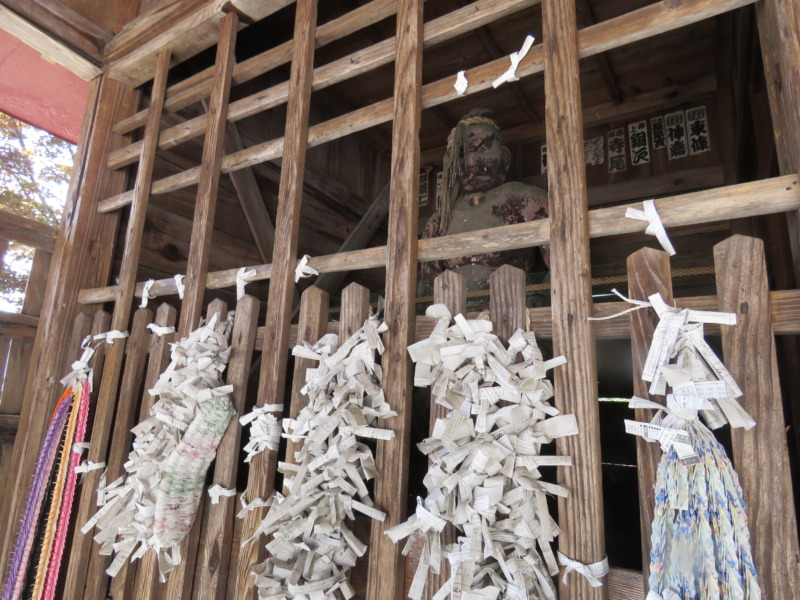
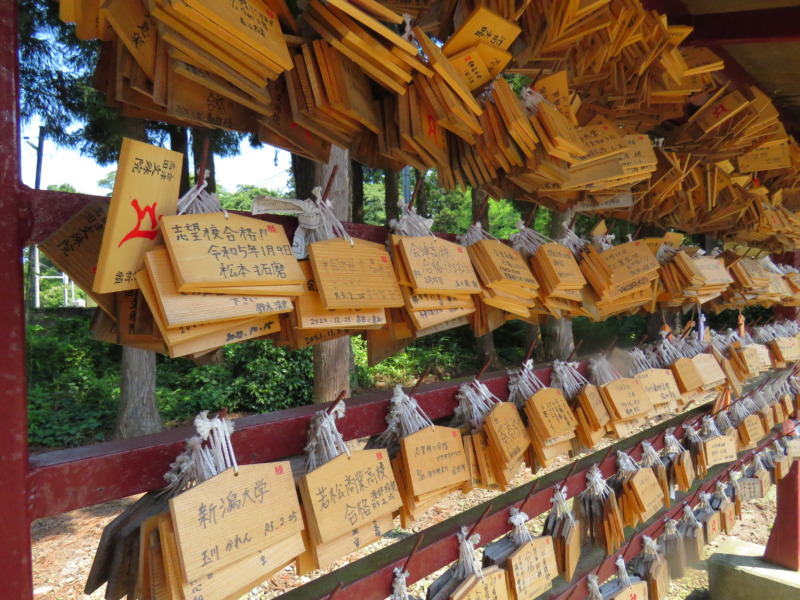
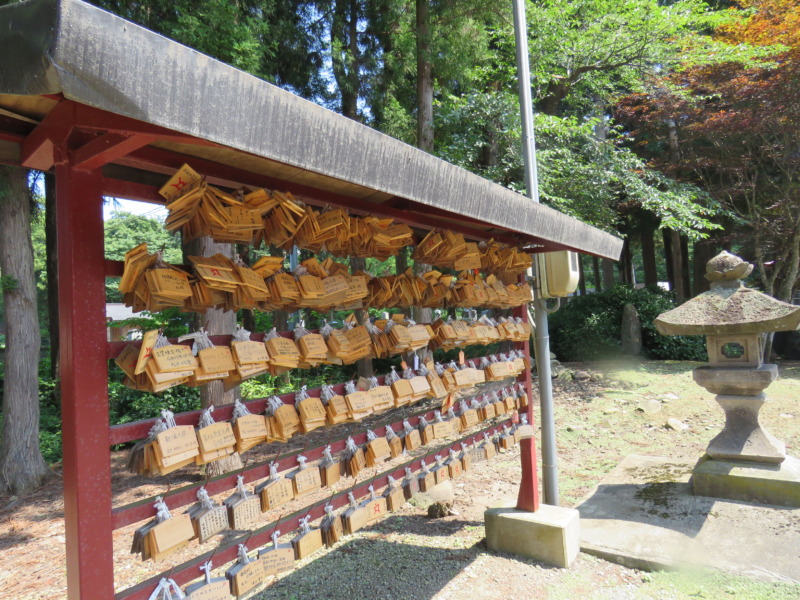
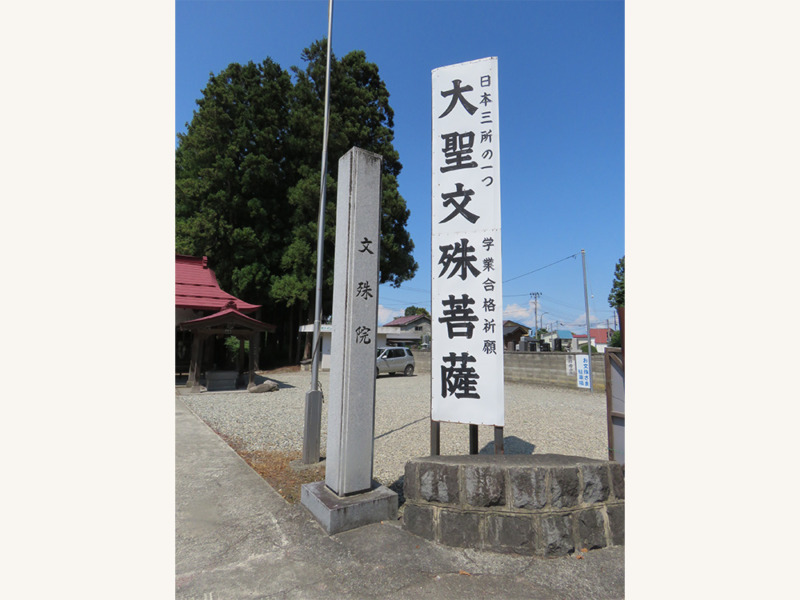
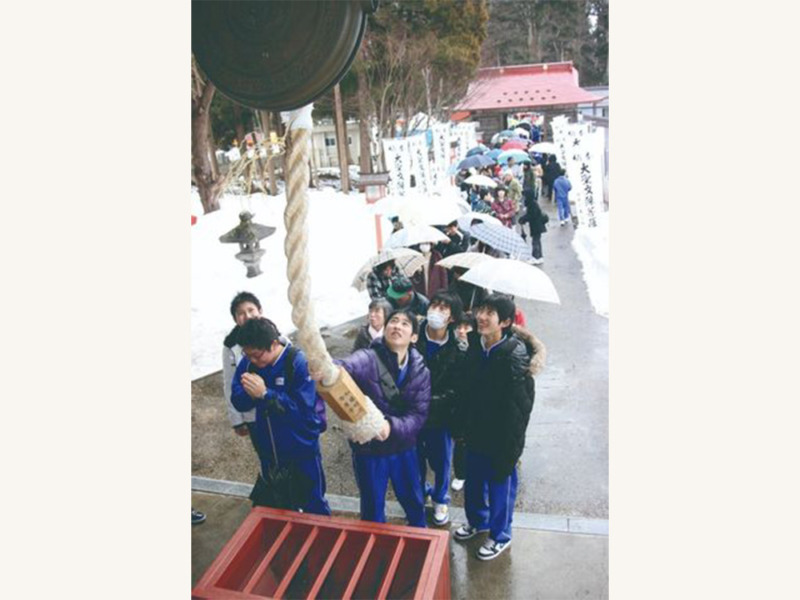
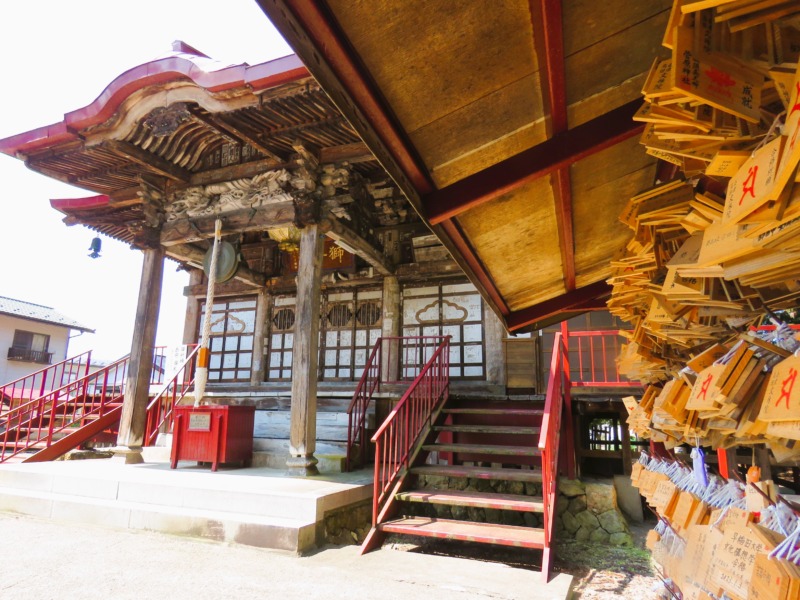
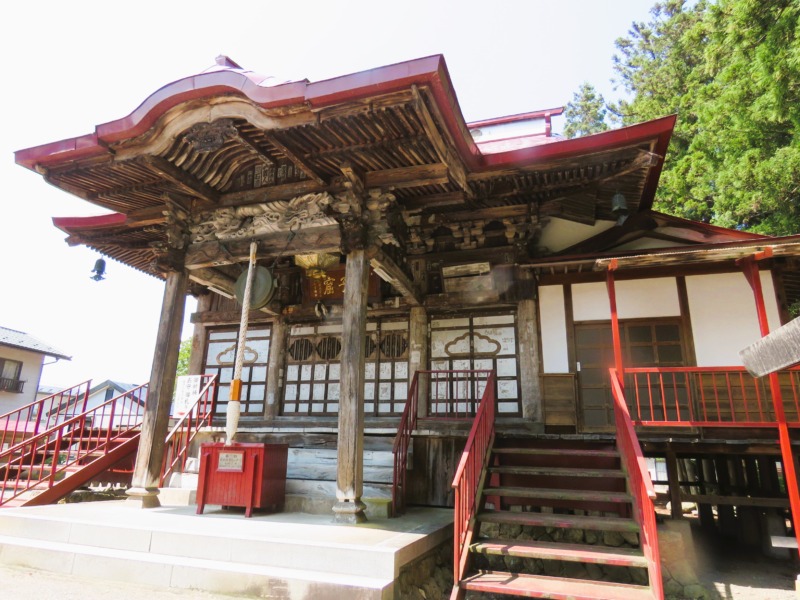
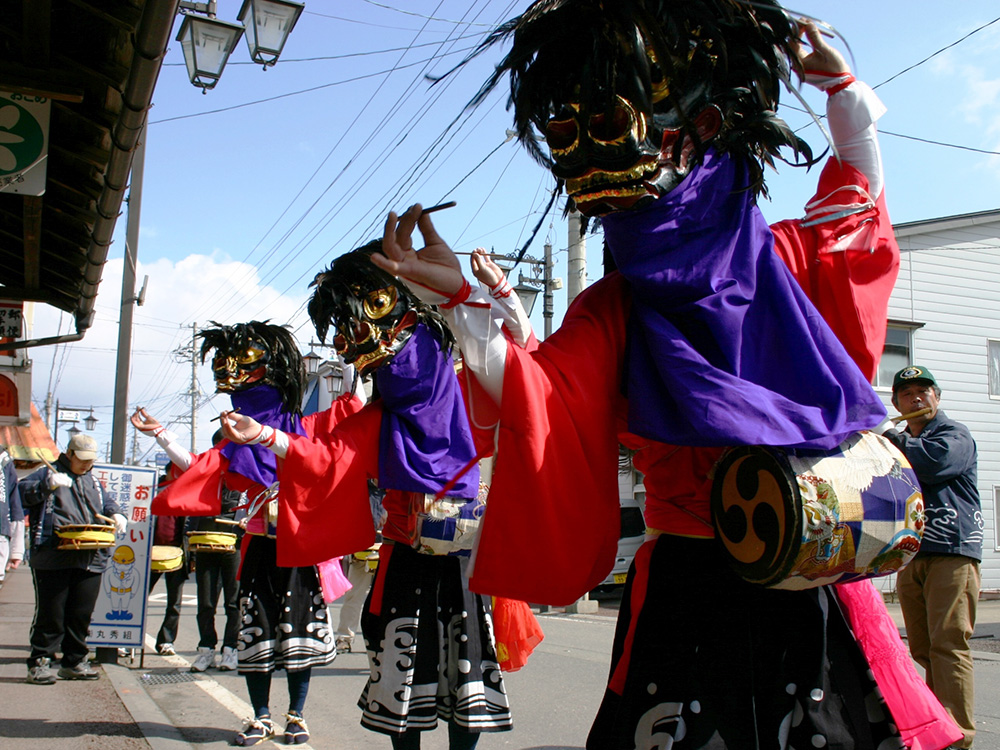
.jpg)
